

The Docklands Page 1
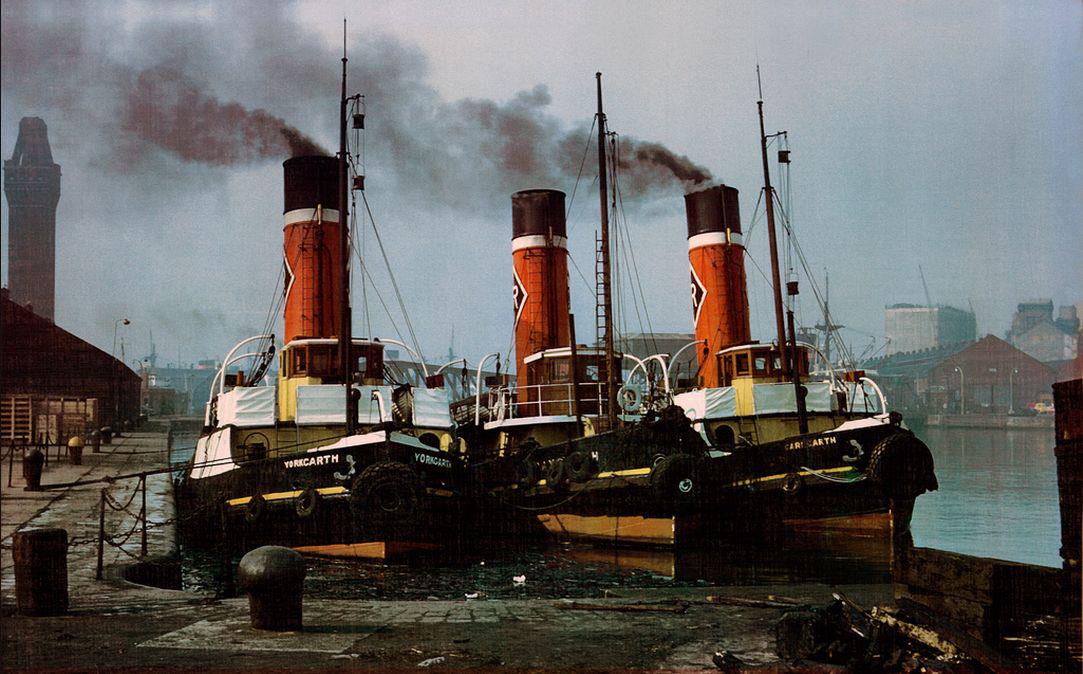
1862 Map 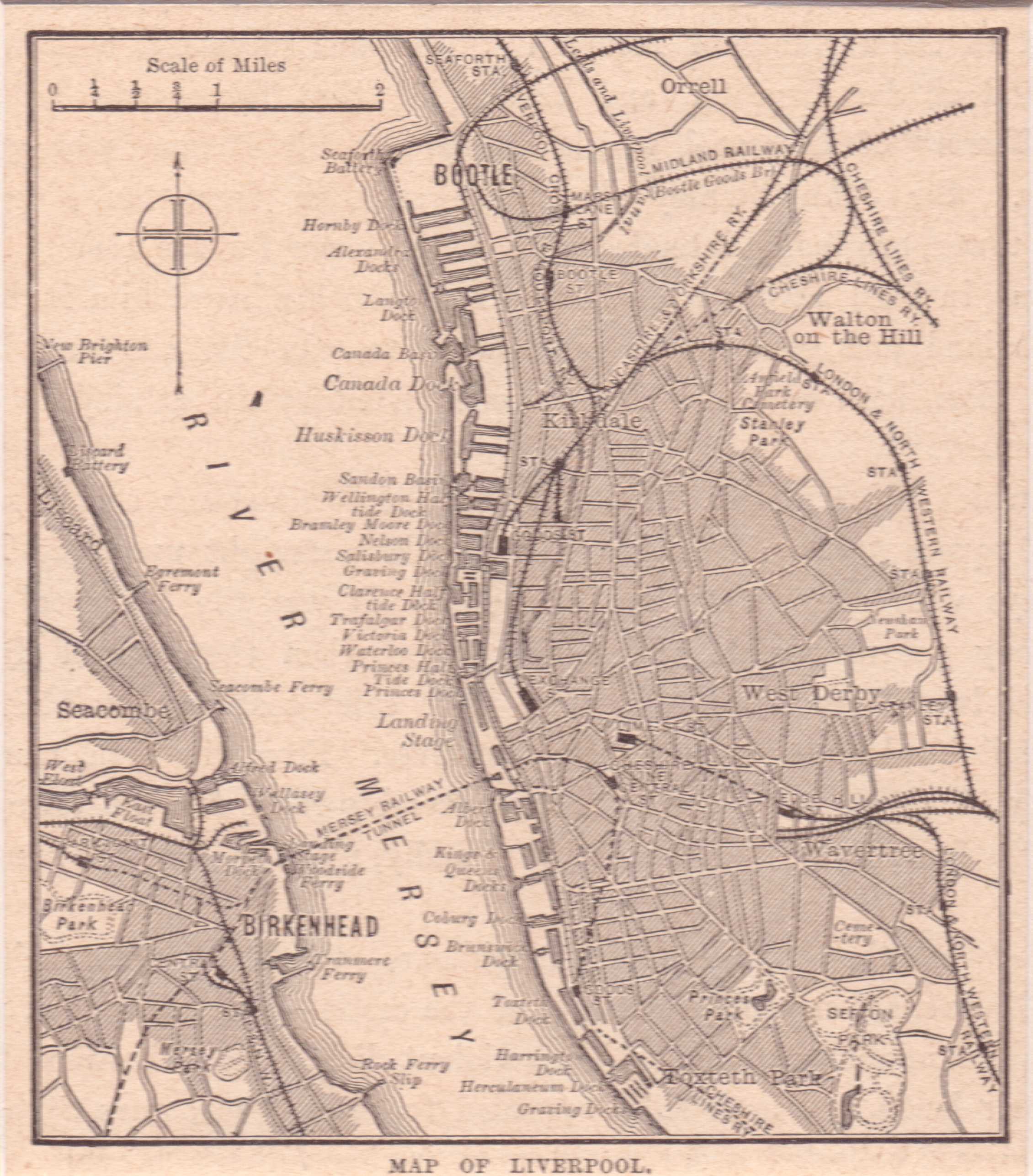 |
|
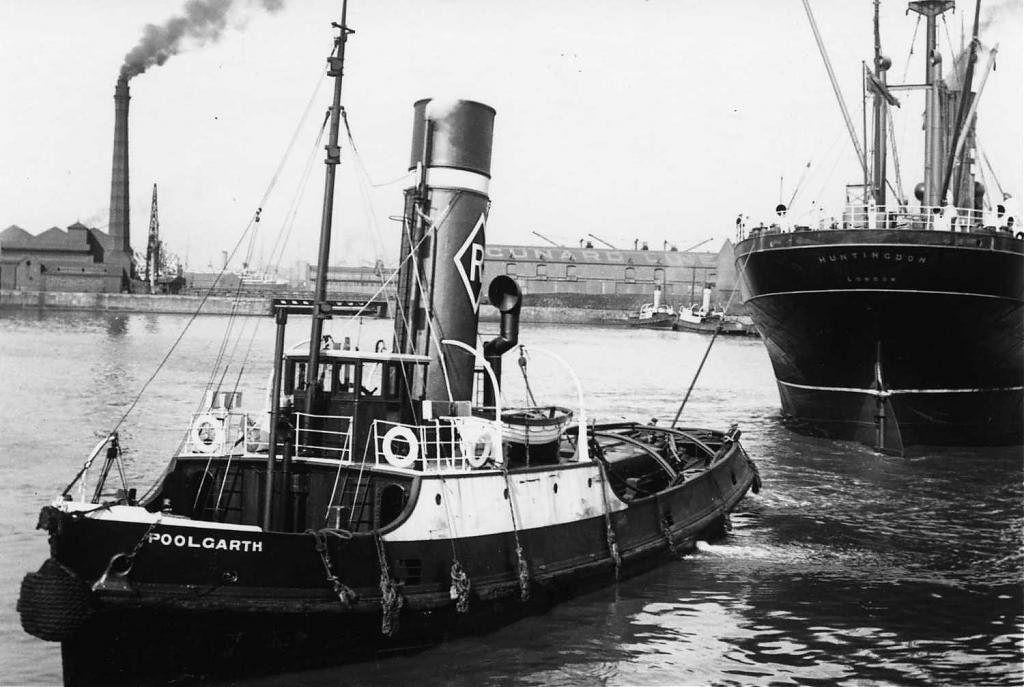 |
Name POOLGARTH Launched 04/12/1922 Completed 01/1923 Engine builder Smith's Dock Engine type T. 3 cyl. GRT 179 Length (feet) 90.2 Beam (feet) 22.7
Name: Huntingdon. Cargo vessel. Built Bremen: 1920. Owner: Federal Steam. Fate: Torpedoed 24th February 1941 |
|
I found the image on the right in a copy of Life Magazine dated 18th
September 1939. |
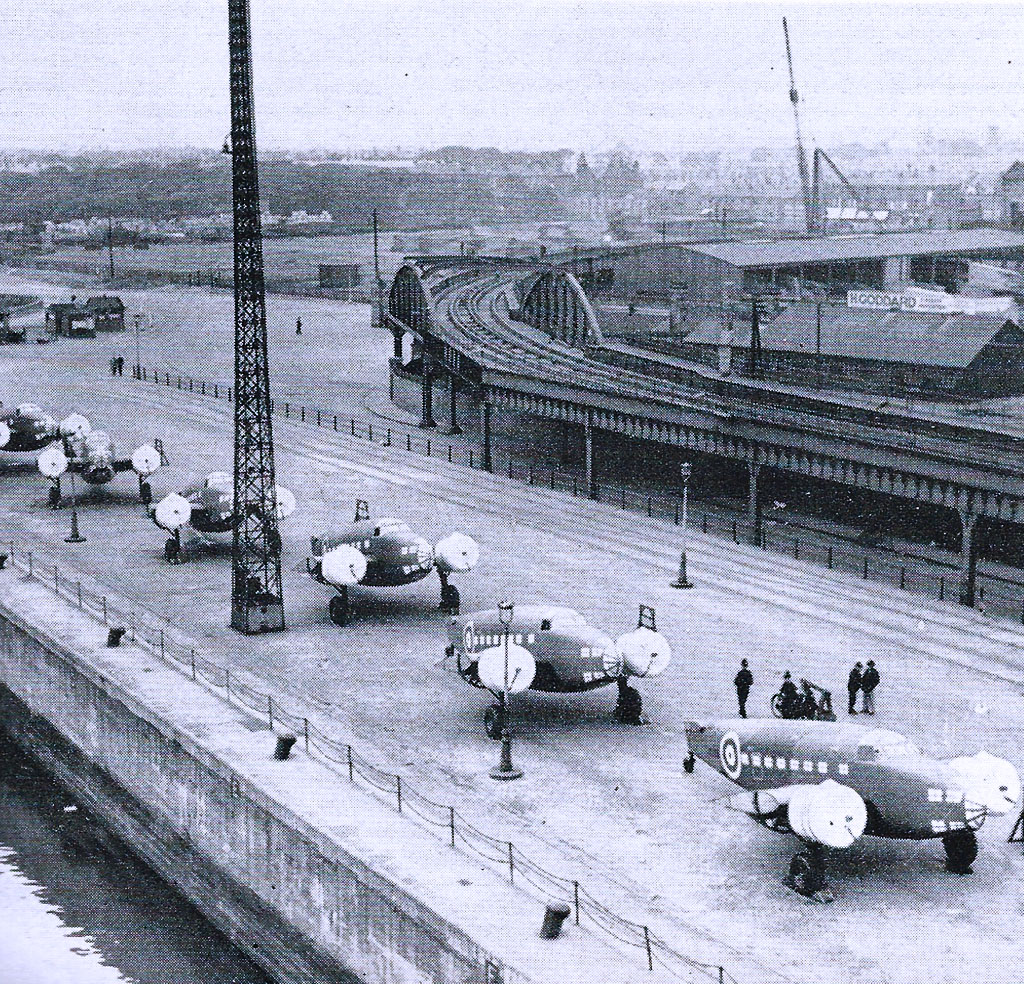 |
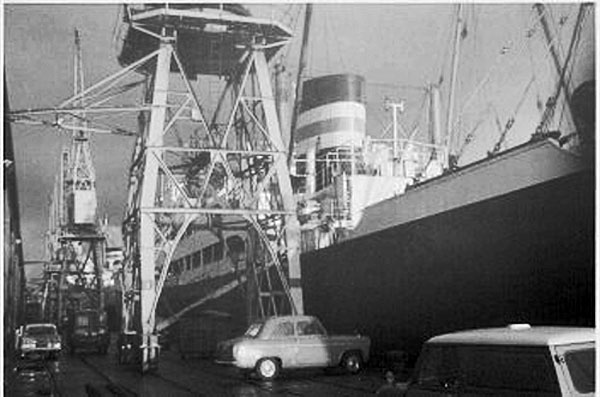 |
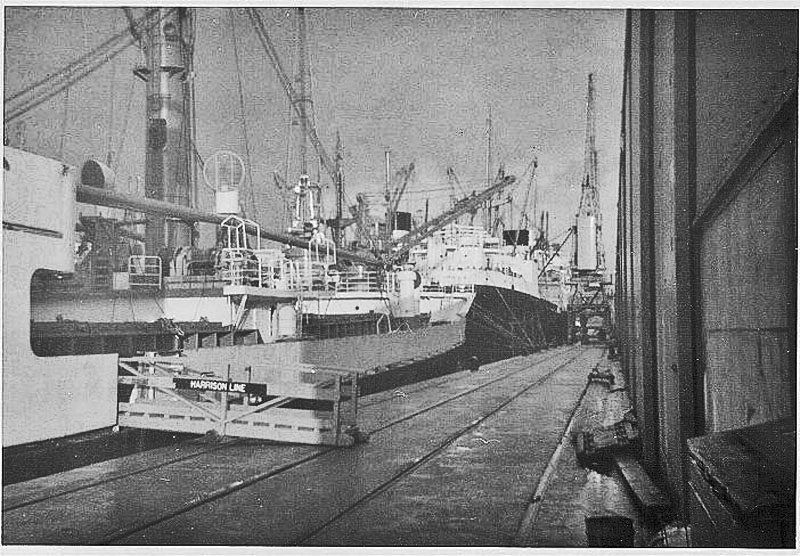 |
|
Canada Dock October 1967 left above and right |
|
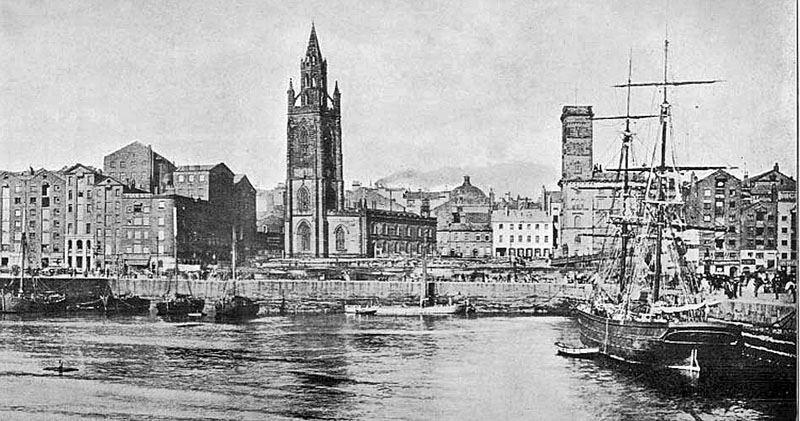 |
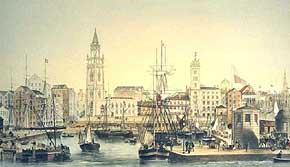 |
| St Georges Basin Liverpool | |
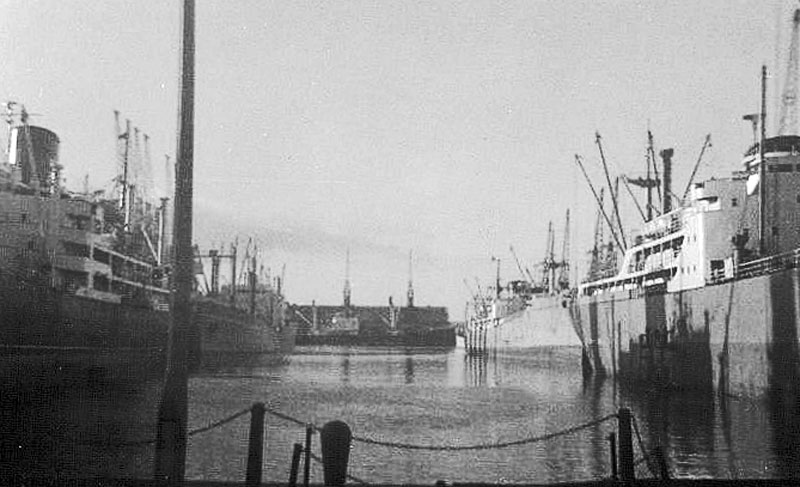 Huskisson Dock 1967 |
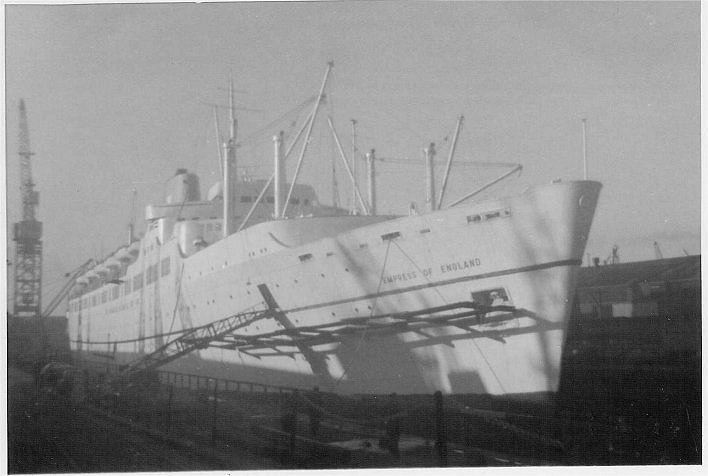 Empress of England in dock December 1967 |
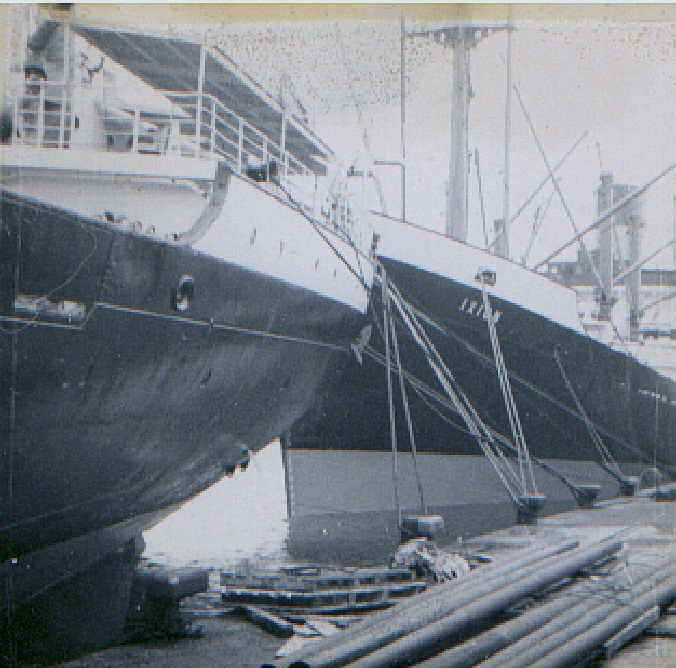 |
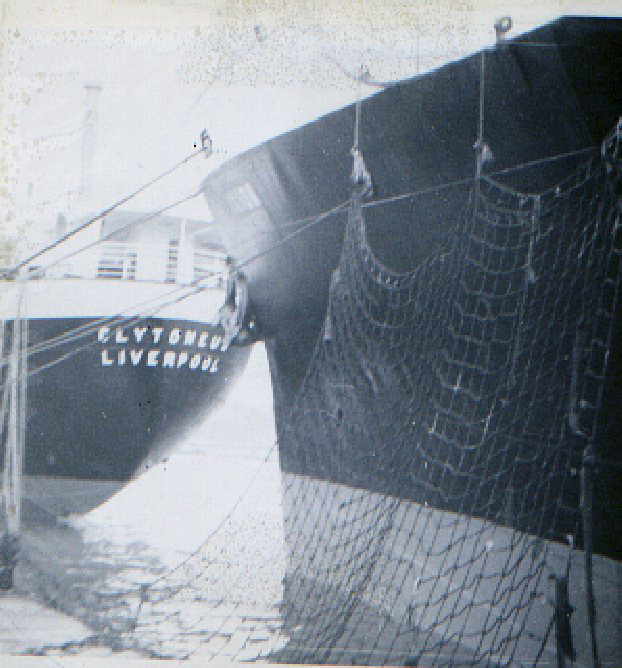 |
|
Clytoneus (scrapped 1972) & Ixion (scrapped 1972) at West Float Birkenhead approx 1969 - 1970. I took these with a tiny plastic camera. Gordon Lowe, via shipsnostalgia.com - provided me with cargo layout sketches for various Ixion voyages. Here they are below - August 2016. 2 are dated 128 and 1940. |
|
|
|
|
|
|
|
|
|
|
|
|
|
|
|
|
|
|
|
|
|
|
|
|
|
|
|
|
|
|
|
|
|
|
|
|
|
|
|
|
|
|
|
|
|
|
|
|
|
|
|
|
|
|
|
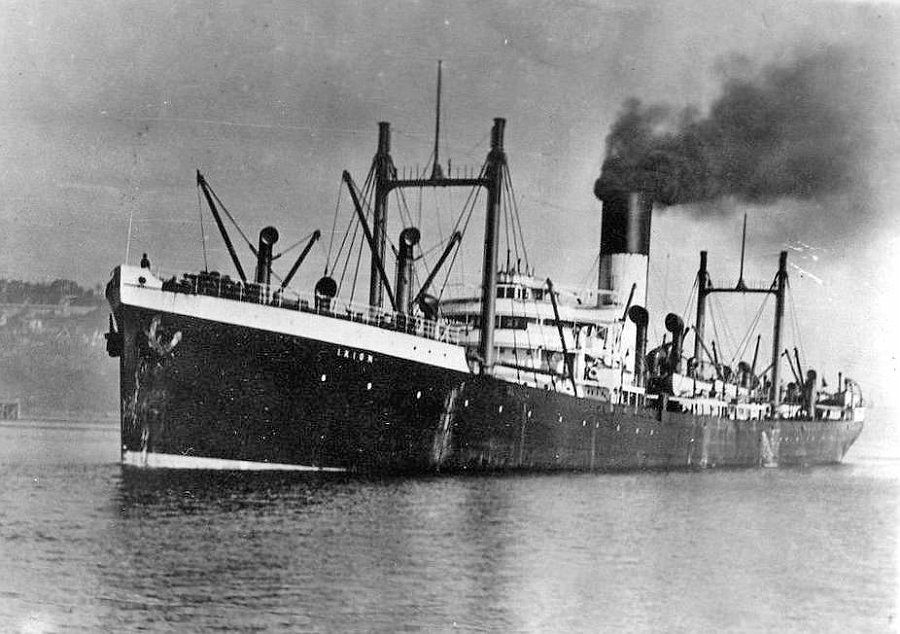 1912 - Torpedoes and sank 1941 |
|
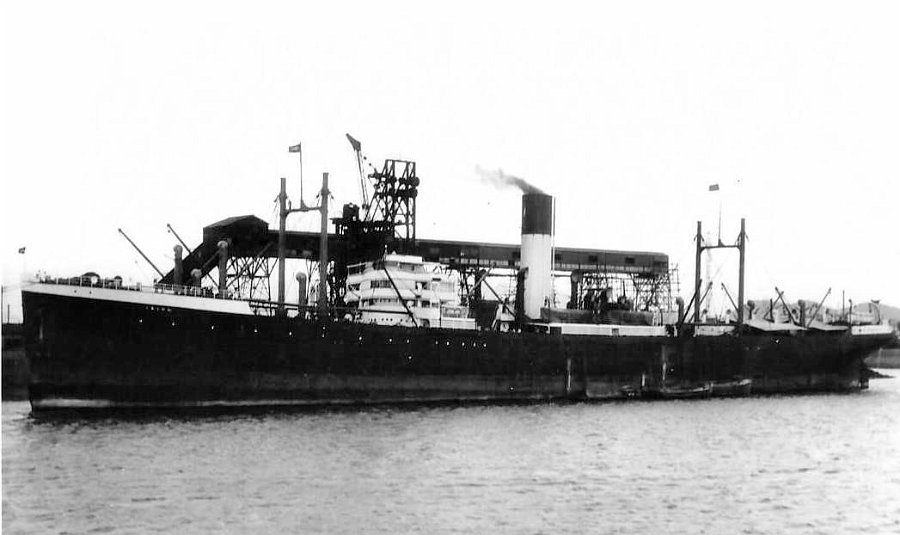 |
|
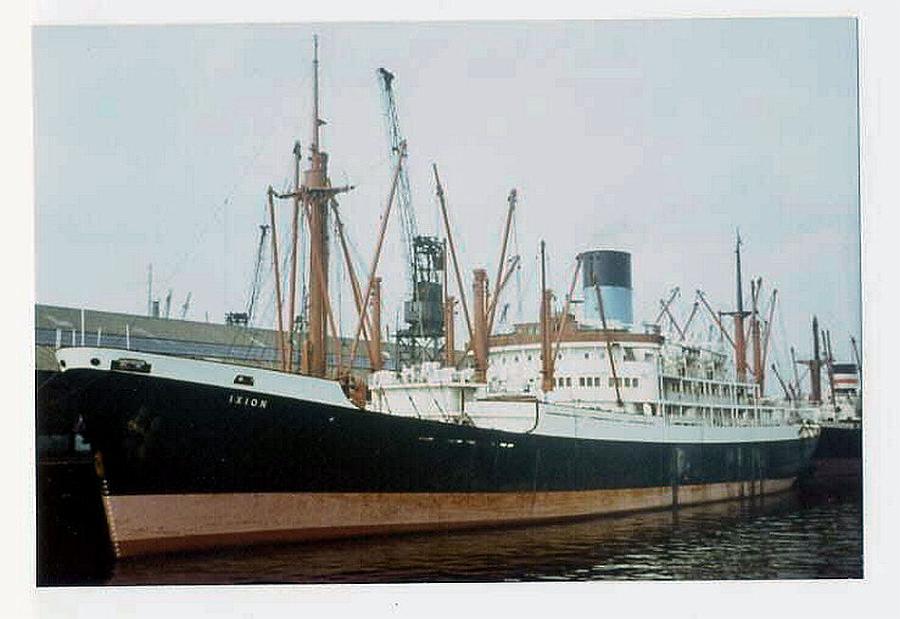 1951 - Scrapped 1972 |
|
| http://www.theshipslist.com/ships/lines/bluefunnel.shtml | |
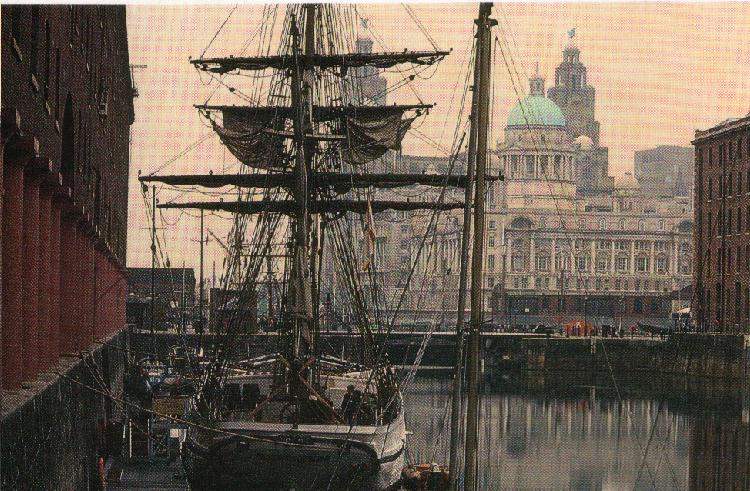 |
Maria Assumpta at Albert Dock
I love this image and would love to find the
original |
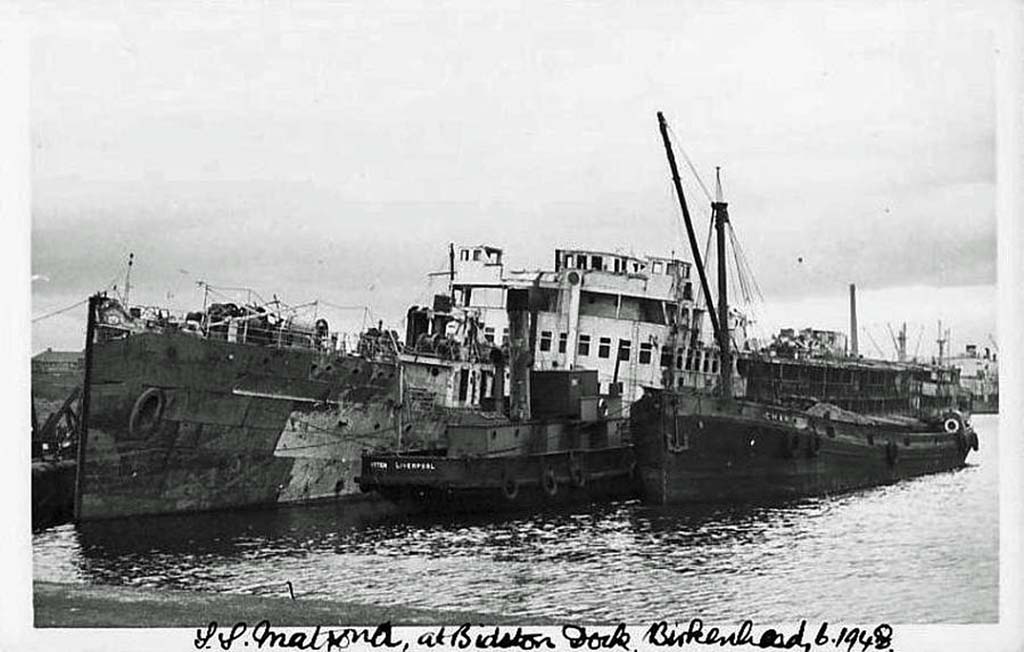 |
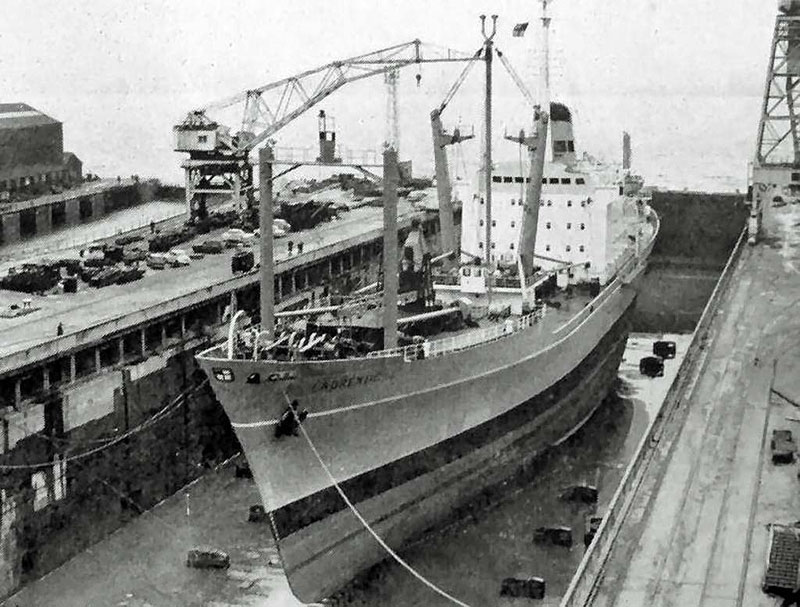 |
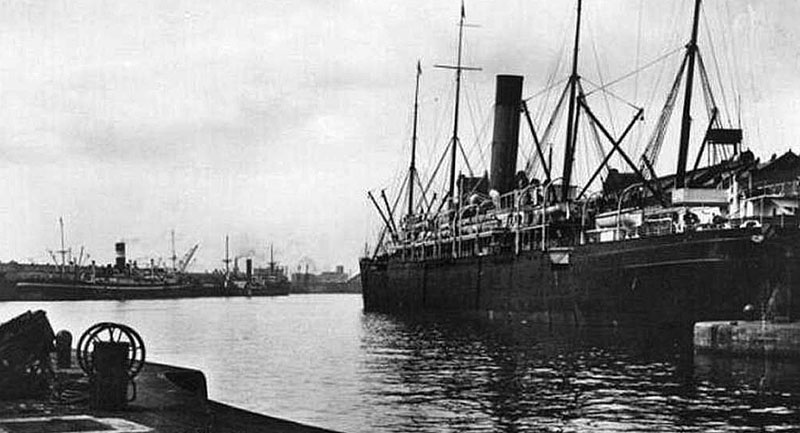 |
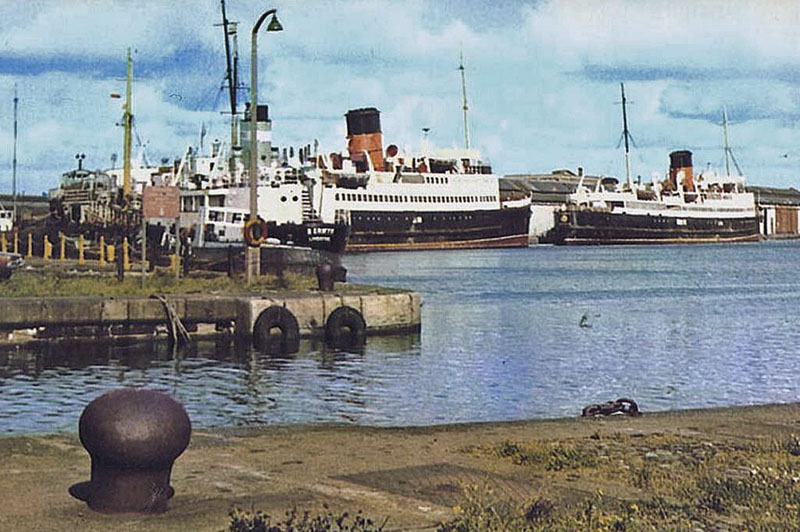 |
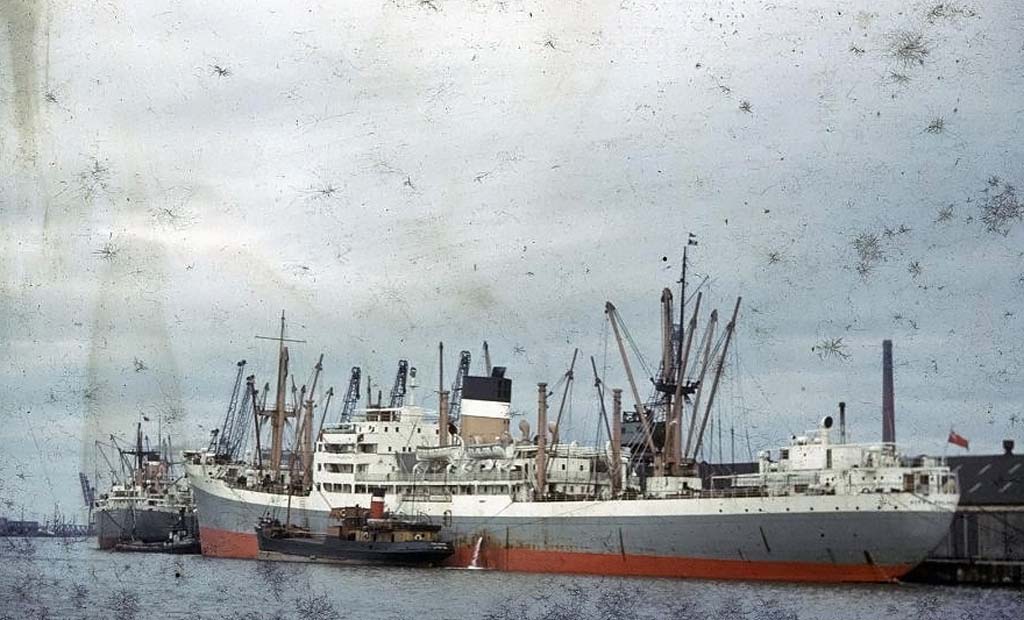 |
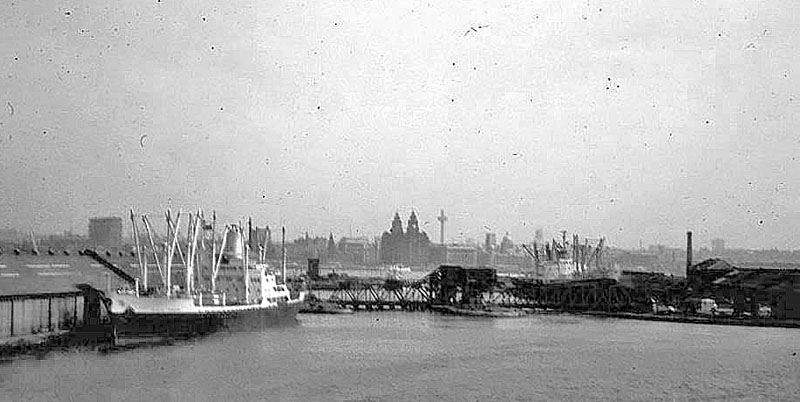 |
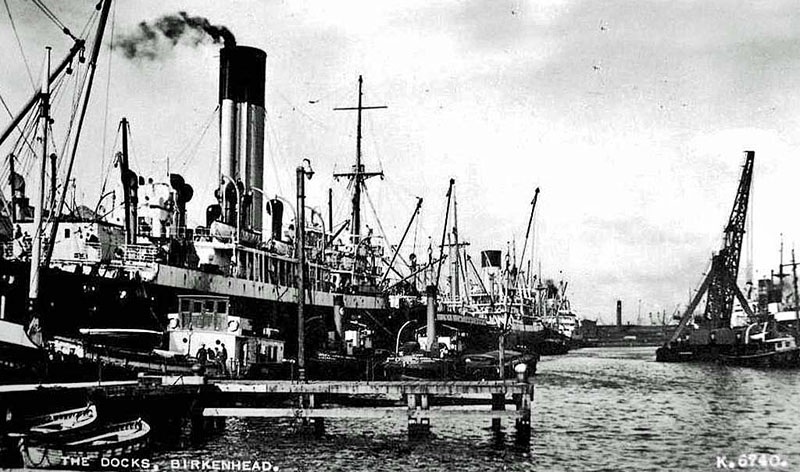 |
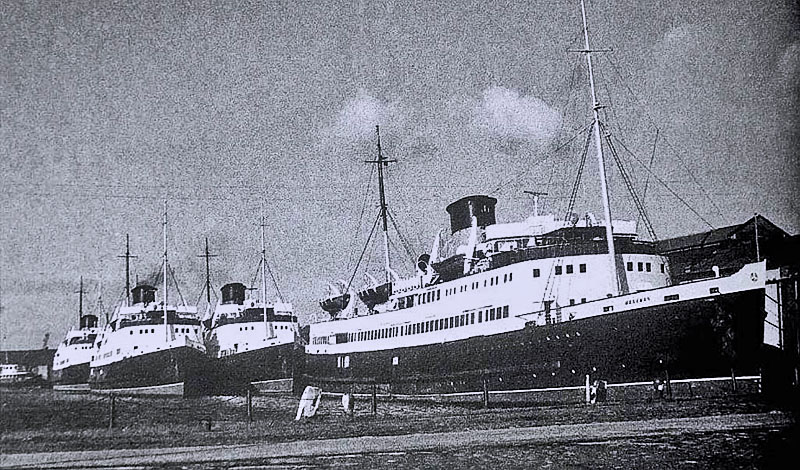 Nearest IOM ship is the Manxman |
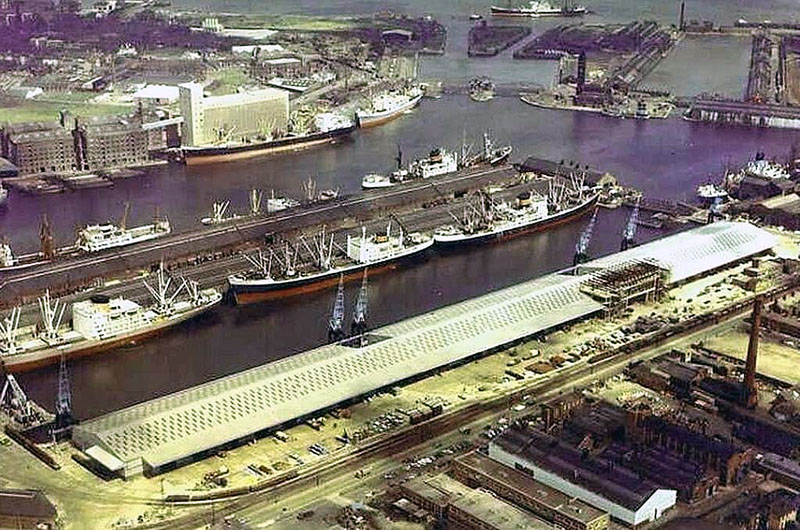 Vittoria Dock (a clue to the date is that the Clan Line shed is still being built). I worked in the Mills, top left |
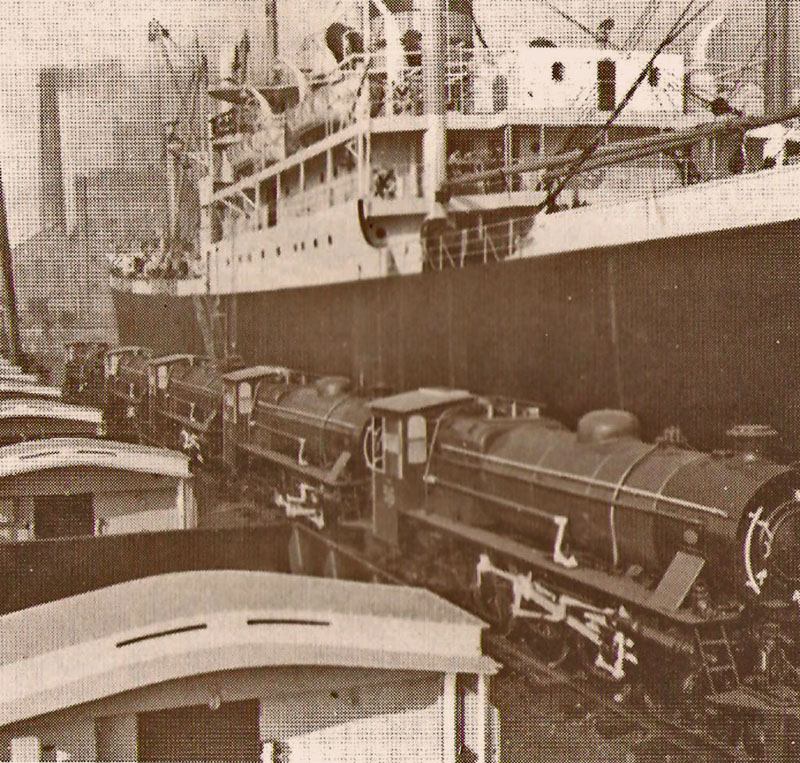 |
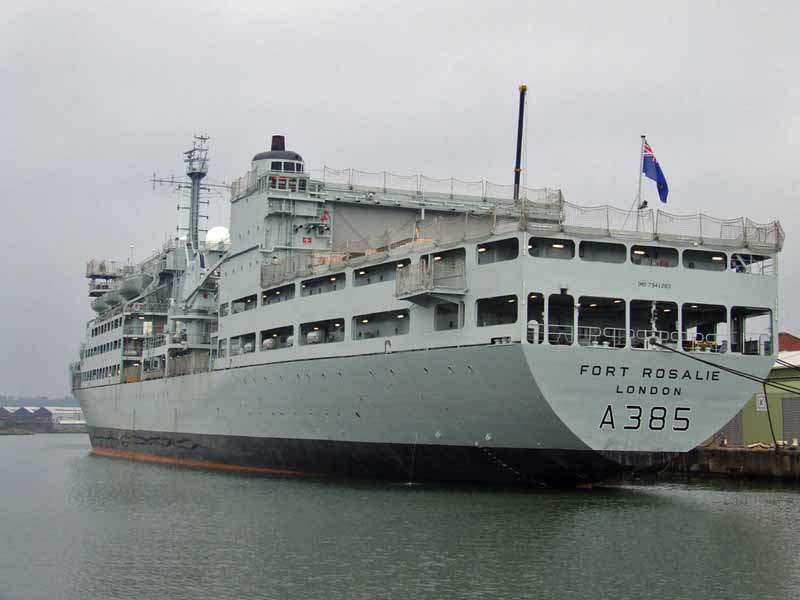 Originally RFA Fort Grange, Renamed in 2000. Recently refitted at cost of £28m, support vessel to RN Response force Task Group |
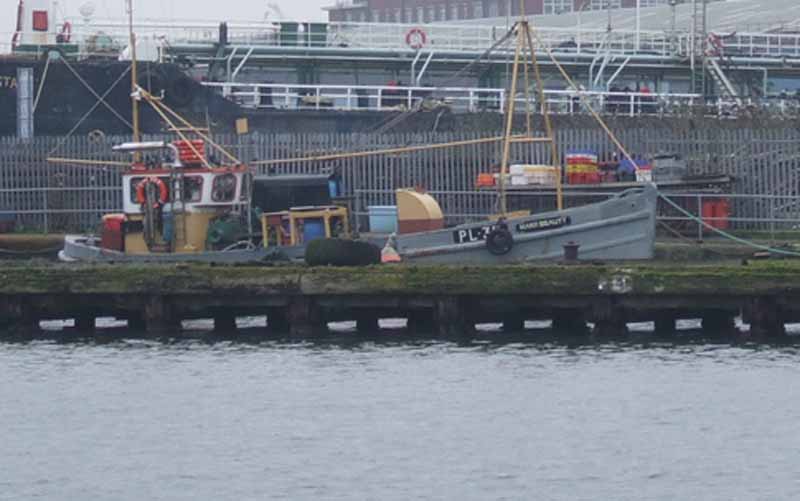 Manx Fishing Vessel Manx Beauty. Locally owned and now operates from Birkenhead along with the Sarah Jane |
| Built in 2007. Blue Dragon a Cargo Vessel | 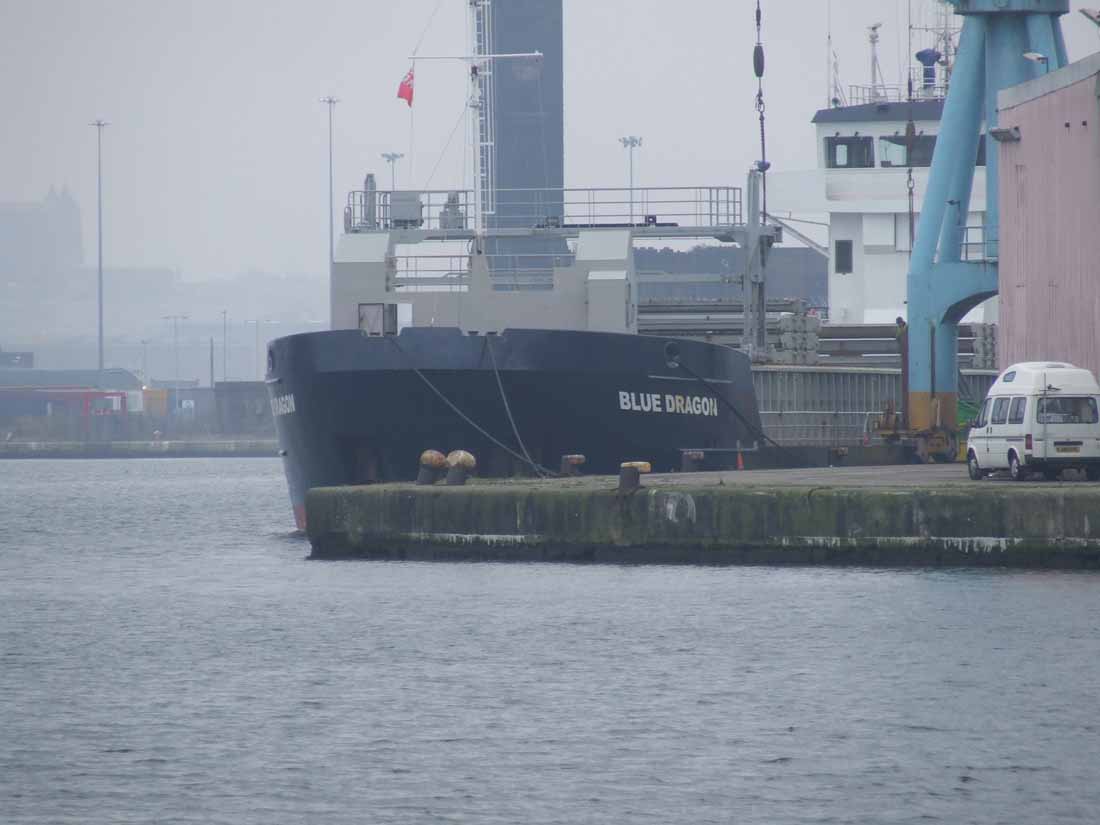 |
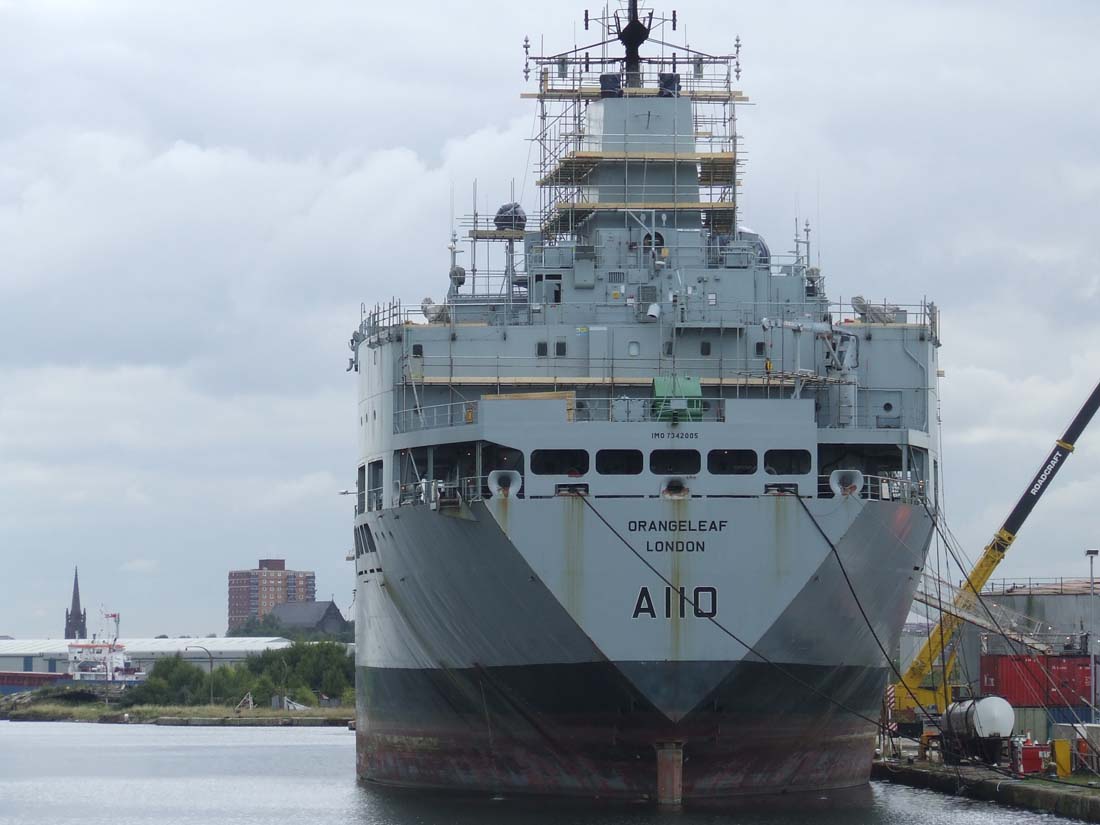 |
Saw action in the Gulf War. The Leaf Class 'Orangeleaf' 5000 ton. As the MV Blader Wood she also saw action in the Falklands War in 1982 Had a major refit conducted in 2009, at the time of this image. Primary current role is refuelling Allied vessels in the Gulf. |
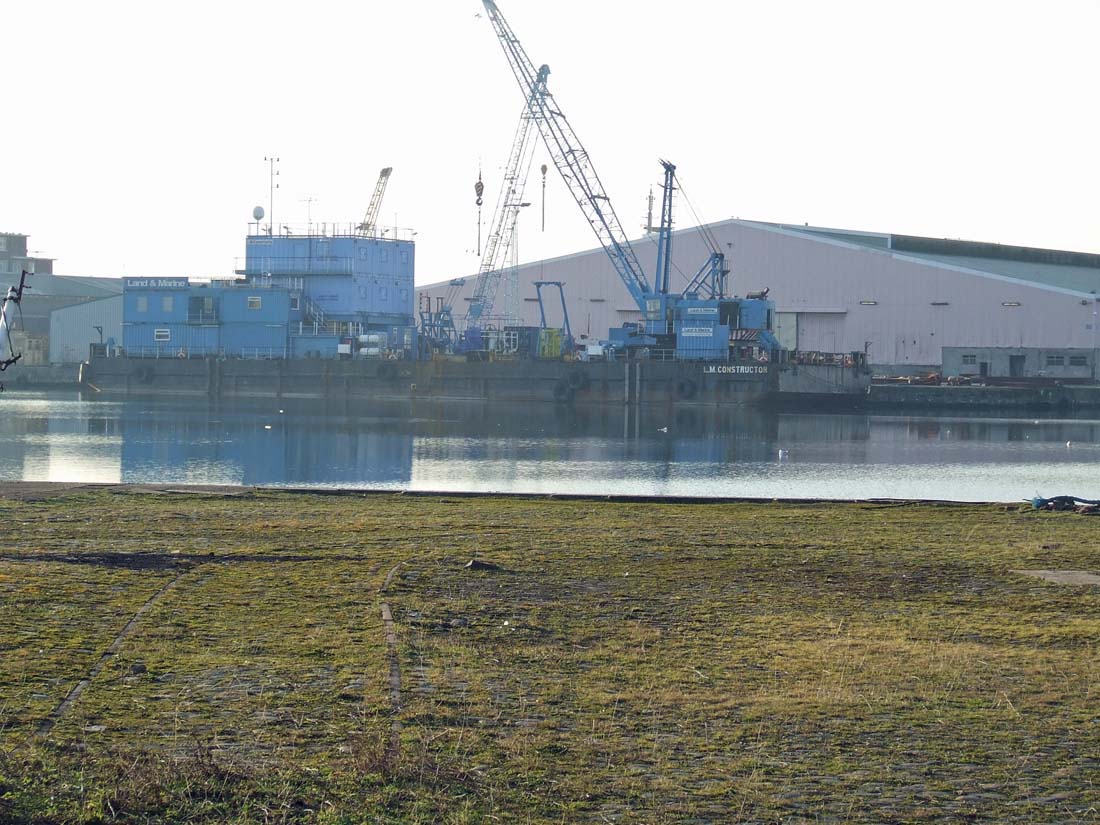 LM Construction vessel seen in East Float Birkenhead by the Clan Line Shed |
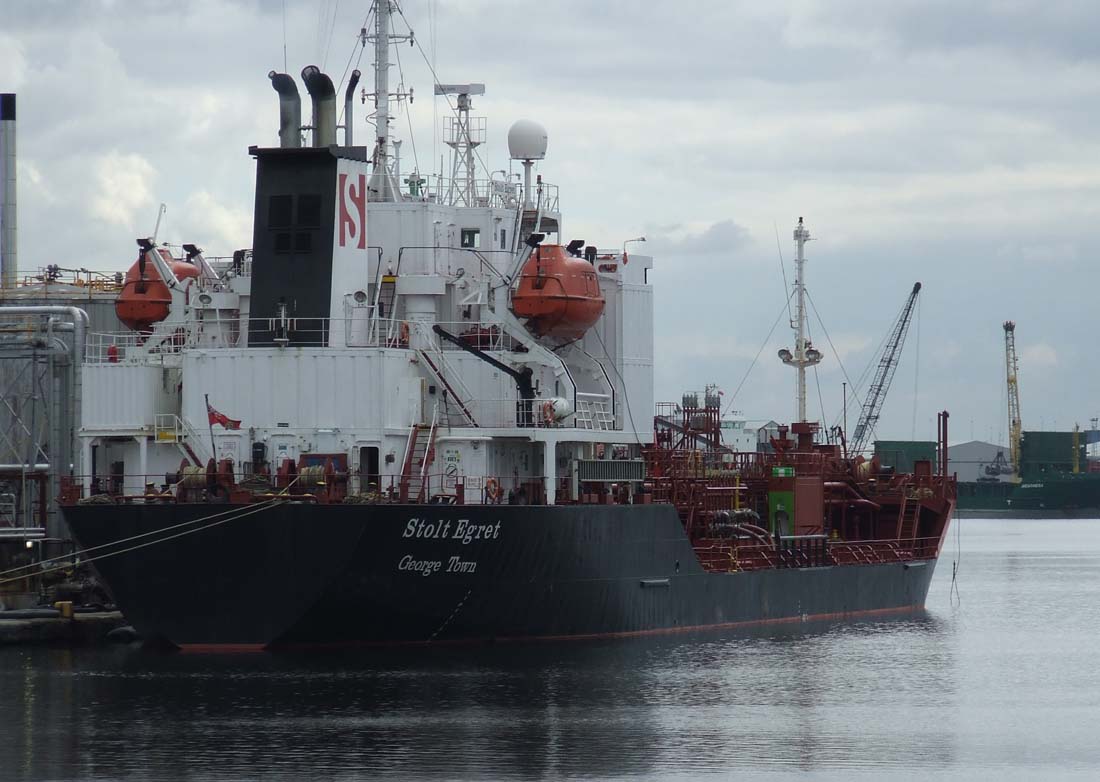 |
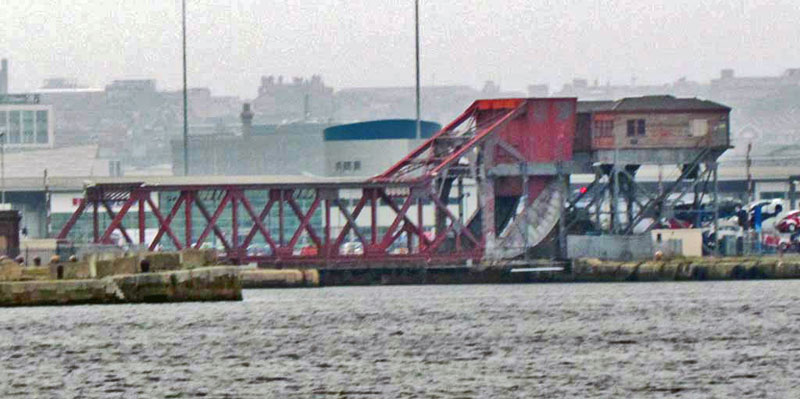 |
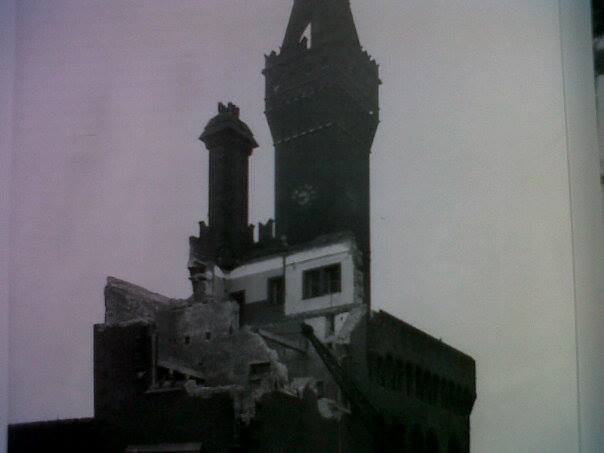 WW2 Bomb damage on the Hydraulic Tower. Four Bridges |
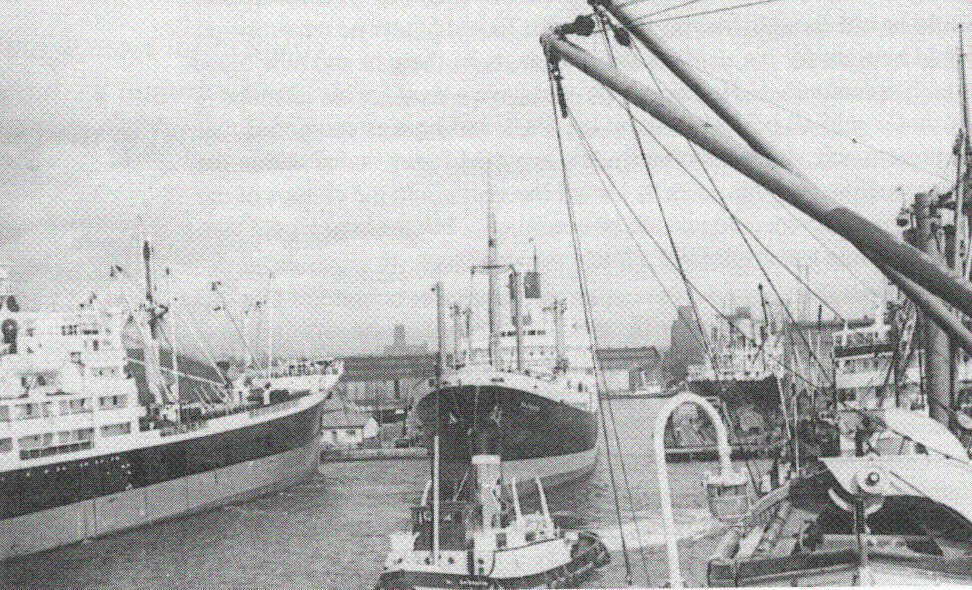 Vittoria Dock Birkenhead |
|
Birkenhead's Dockland
From The Illustrated
London News - Saturday, April 10, 1847 On Monday last, a portion of the immense docks at Birkenhead was opened with the (????) befitting such an important incident, and a vast concourse of persons assembled to witness the ceremony. The works thrown open form but a small part of the magnificent and comprehensive scheme, but what has already been accomplished gives a goodly promise of a speedy completion of a most useful and efficient series of docks, the promotors of which may hope, at no very distant day, to see them, on account of their extensive usefulness, worthy of being associated in importance with those on the other side of the Mersey. Birkenhead may now be said to have entered into competition, or rather into articles of partnership, with Liverpool, the great north outlet and inlet of our foreign and transatlantic trade. At any rate, it will henceforth divide the palm with Liverpool, and participate in the prosperity and profit derivable from its immense mercantile marine. Birkenhead may fairly be looked upon as of Liverpool lineage and alliance, and having been literally called into life by that leviathan of trade itself in its effort towards finding an ampler field for the accomodation and convenience of its over-grown trade. Birkenhead will now become a sort of chapel of ease for the redundant commerce of the mother port, and probably there is no port in the kingdom, not excepting Liverpool itself, that presents such grand natural facilities. A few years hence, and Birkenhead will become a second Liverpool, launched upon the Mersey; for time was when, at the beginning of the eighteenth century, Liverpool itself, now the entrept of all our trade with the Americas and Indies, was simply a fishing village. The same a few years since might be said of Birkenhead. At present it is not even mapped out as a town upon the Mersey, a few years ago, Both are probably the finest examples on record of the brilliant results of unfettered British enterprise. Anciently the settlement and consolidation of a town was the work of generations; now, thanks to steam, they spring up and prosper with all the rapidity of the famed ice palace of the Queen of Russia. Great advantage may be expected to accrue to the public and frequenters from froeign ports from the generous emulation that will be established between the old and the new ports, and in a few years the northern, no less than the eastern arm of the Mersey, may be expected to be the seat of a crowded and busy community. It will give no insignificant idea of the immenseness of Liverpool, that it extends for three miles along the Mersey., and is upwards of a mile in depth. Liverpool has for years had at her command a comprehensive and splendid chain of railways, and unsurpassed port facilities. Upon these Birkenhead is only just entering. Monday gave England, in the latter respect, a new point of ingress and egress to the western seas; but Birkenhead will have to wait awhile for the completion of her railways. It is true that she has long had one, but this is less than half what she wants. Ere long she will be the very "rosette" of railways, for, in addition to the existing Chester and Birkenhead, she will have the Birkenhead, Lancashire and Cheshire Junction, operations on which have just been commenced by the contractors in real ernest, and which, in addition to drawing all the commerce of the manufacturing districts of Yorkshire and Lancashire to the Mersey, will give to Birkenhead the mineral trade of Wales, the salt traffic of Cheshire, the immense products of the potteries, besides having with Holyhead the traffic to Ireland. If Rome was not built in a day, Birkenhead, by a figure of speach, assuredly has been. We have in it a great mercantile community, with all its moral and commercial apparatus springing simultaneously and almost magically into action under the vivifying power of English enterprise. We have it put in possession, at the same time, of docks for forests of foreign masts, with warehouses for hiving their wares, and with a railway for their transit to inland homes.
To enable a large party from London to attend the entertainment an express train was harnessed for six o'clock, and started precisely at that hour from the splendid station of the London and North-Western, at Euston Square. The arrangement under the superintendence of Capt. Huish, the superintendent, and Mr. Brookes, the traffic-manager, were excellent. The train worked its way at a slashing pace, time and space apparently being secondary things - say at forty miles an hour - to Liverpool, with as much ease, and apparently in as little time, as it would take to peregrinate between Hammersmith and Hampstead. Having breakfasted in London, the next consideration was that of practically achieving of luncheoning at Liverpool. There were five first-class carriages to the express train, and two luggage-vans, weighing together 32 tons. To draw this special load, one of Stephenson's long-boiler engines, with an outside cylinder, and seven feet driving-wheel, was selected. The line was understood to be laid out for the special performance of this engine, and it was anticipated that she would make a splendid run to Birmingham, (a hundred and twelve miles) in two hours and a half, and to Birkenhead (two hundred and twelve miles) in five hours, at forty-two miles to the hour; but , owing to the over-straining of the staple works of the engine in order to attain the attempted velocity, the cylinder became heated, which prevented its accomplishment. It is only fair to state, that a strong lateral wind prevailed the whole way, which presented, of course, considerable retardation. At ninety-three miles up the line, which from starting at 6 A.M., was reached at 13 minutes past 8, the cylinder gearing became red-hot, and the speed was slackened to 8 or 10 miles an hour, the old coach average, for several miles, and for some distance to 3 or 4 miles an hour. Close upon Birmingham this engine came to a dead stop, and it was found necessary to supersede her by a new pilot engine, and lay her up in the locomotive hospital. Ultimately, the train fell foul of Birmingham at 28 minutes past 9, doing the distance, 112 miles, in 3 hours and 5 minutes, or at a rate of 40 miles an hour. The train, after stopping 13 minutes, started from Birmingham for Birkenhead at 16 minutes past 9, passing Stafford and Crewe, where there is a splendid new station, built in the Elizabethan style, and at a minute or two past 12, the train, amidst the mingled artillery of its own rattle, salutes from six-pounders and the artillery of tongues, made a triumphant entry into Birkenhead, amid strains of "See the Conquering Hero comes". THE DOCKS
Here the scene was truly
splendid and imposing. The immense estuary of the Mersey, one of the
noblest arms of the sea in England, was mirrored over with multitudes of
masts and men - with steamers stemming its tumultuous tide, with vessels
of all climes sleeping tranquilly on its surface, bellying at intervals
with their white wings to the breeze. It was a scene of animation such as
the waters of Liverpool have never seen before, nor perhaps ever will see
again, burdened with all the beauty of which both Birkenhead and Liverpool
could boast. The proceedings of this part of the inauguration were
commenced by the Birkenhead Dock Commissioners, the Birkenhead Improvement
Commissioners, the Directors of the Birkenhead Dock (Warehouses) Company,
the Directors of the Birkenhead, Lancashire and Cheshire Junction Railway,
and the Directors of the Chester and Birkenhead Railway, receiving Lord
Morpeth (the Chief Commissioner of Woods and Forests), Lord Lincoln, and
other distinguished visitors, on board a new steam packet, the Lord
Warden, built by Mr. John Laird, which was in readiness at Monk's
Ferry. |
|
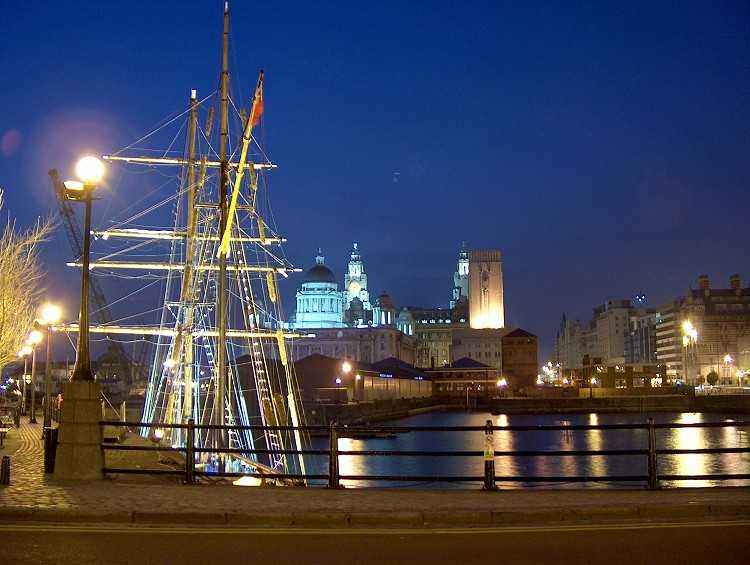 Albert Dock Liverpool |
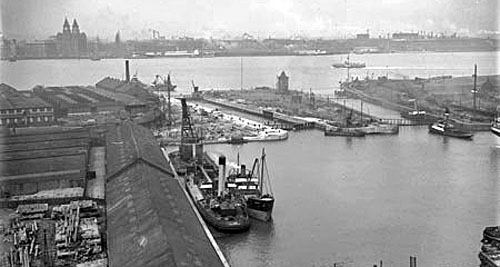 Alfred Dock Birkenhead |
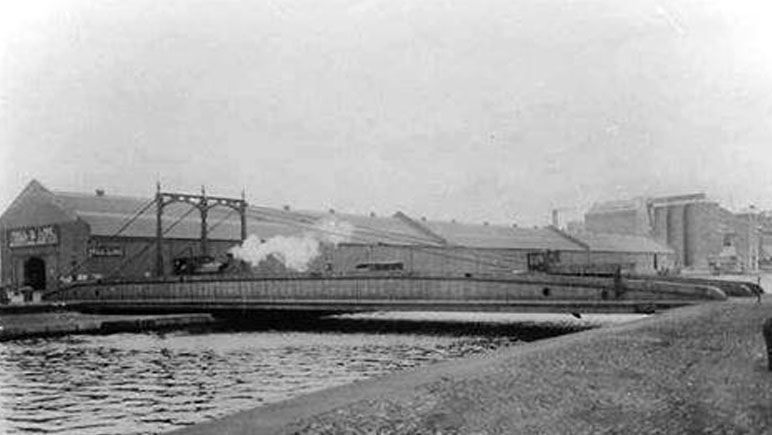 |
|
| In its heyday, the Hydraulic Tower - note Naval vessel passing through | 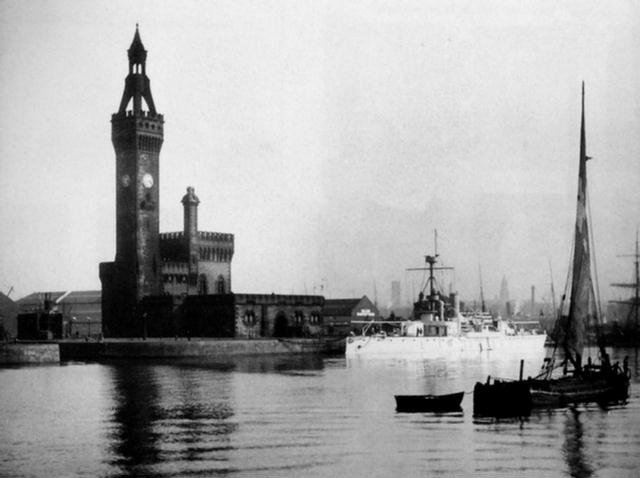 |
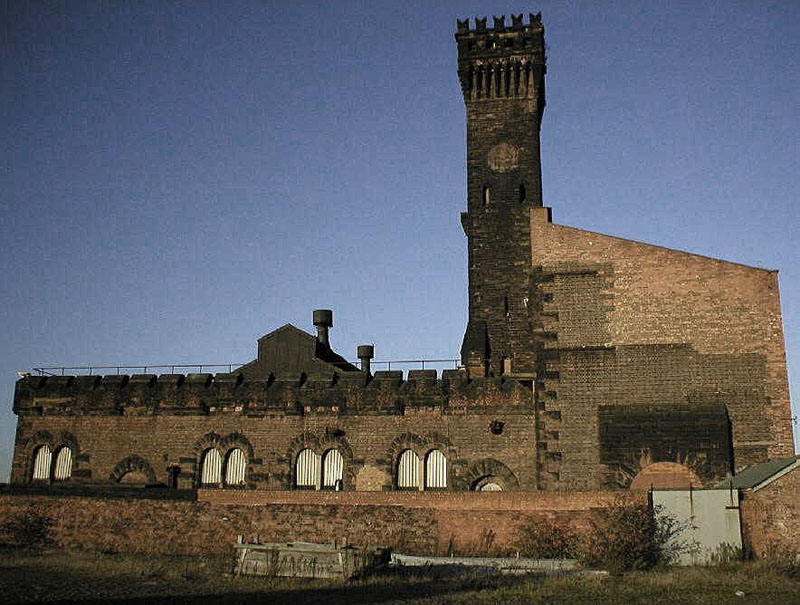 Victorian Hydraulic Tower - Four Bridges |
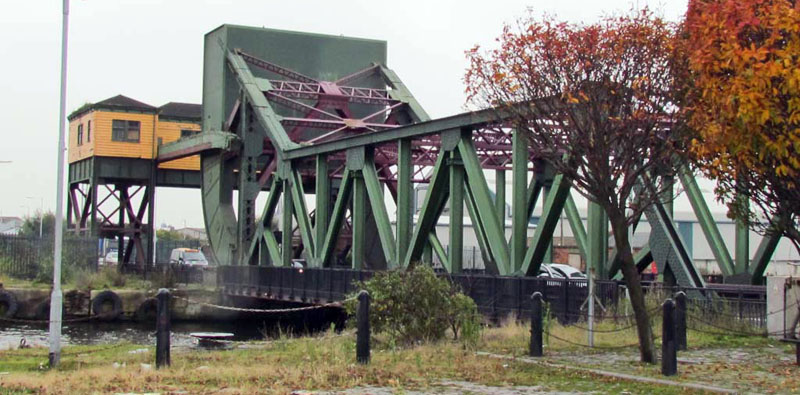 Duke Street Bridge |
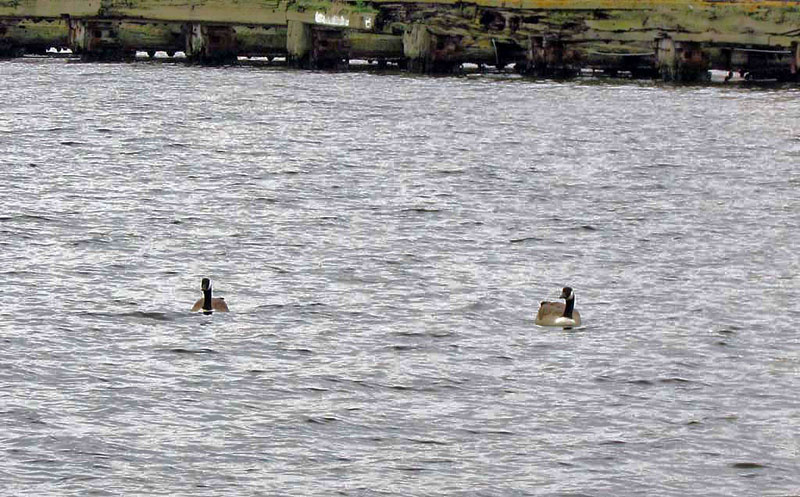 |
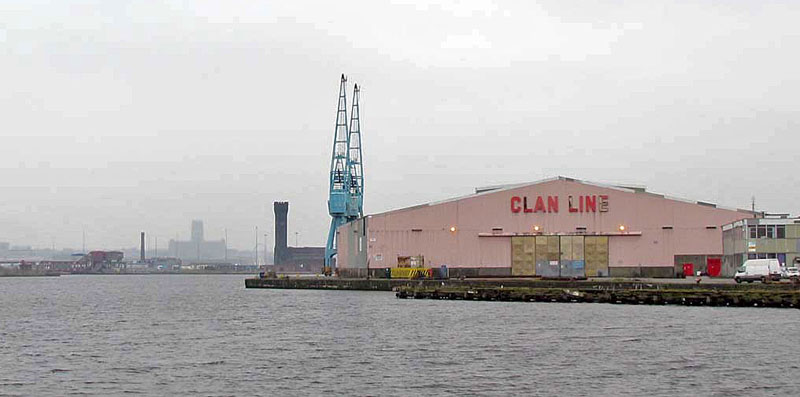 |
 |
Lovely image of three tugs by the 4 bridges area - 1950s |
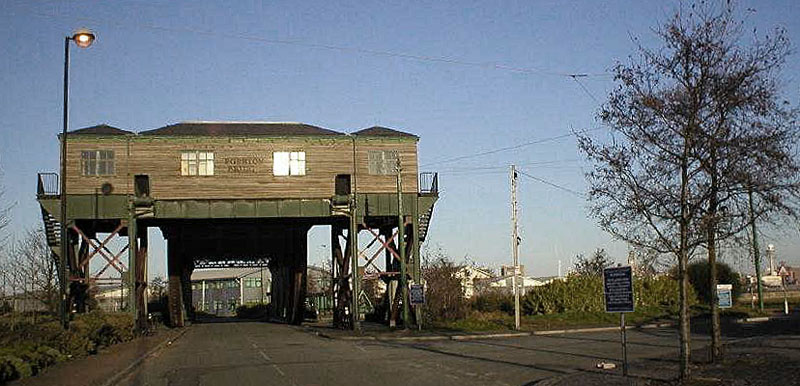 |
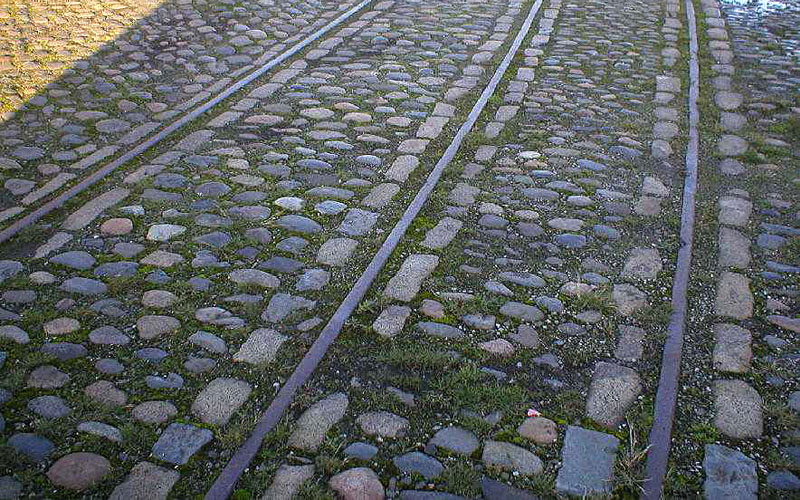 |
|
Egerton Bridge & an original part of the dockland road - this part is by the 'Four Bridges' |
|
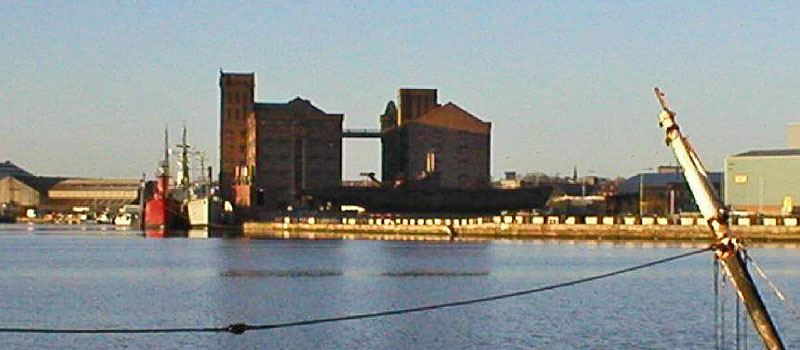 |
Left: Formerly the home of the Warship Reservation Trust. The U534 can clearly be seen in its original resting place untreated and uncared for. The owners sold out to developers and the museum ceased to exist and we lost another relic of the past. One or two vessels are still lying in the docks awaiting new homes in 2012. |
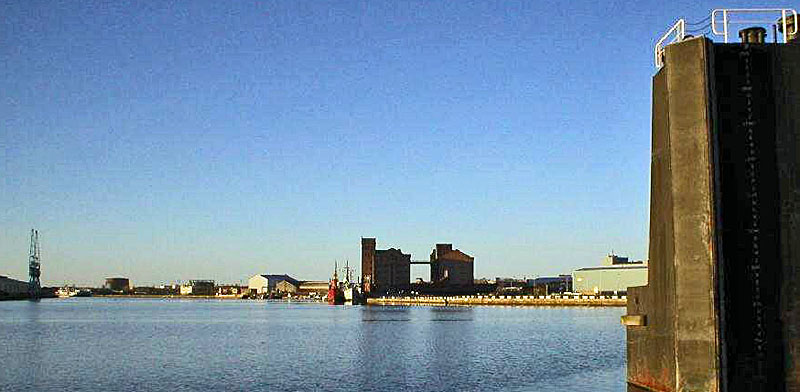 |
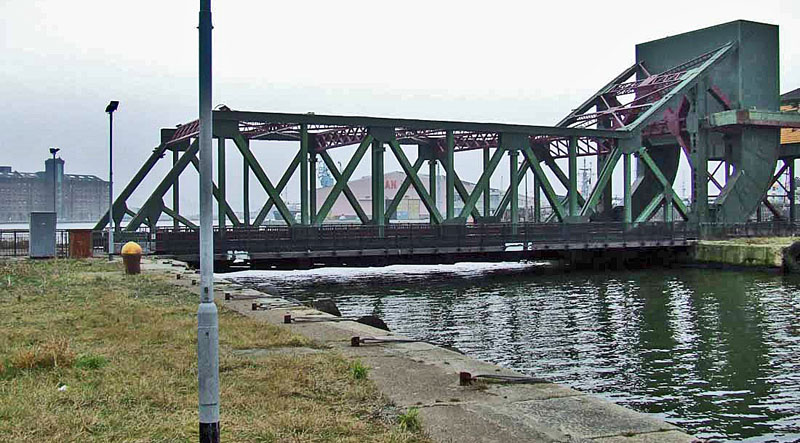 |
| East Float | Egerton Bridge Feb 4th 2009 |
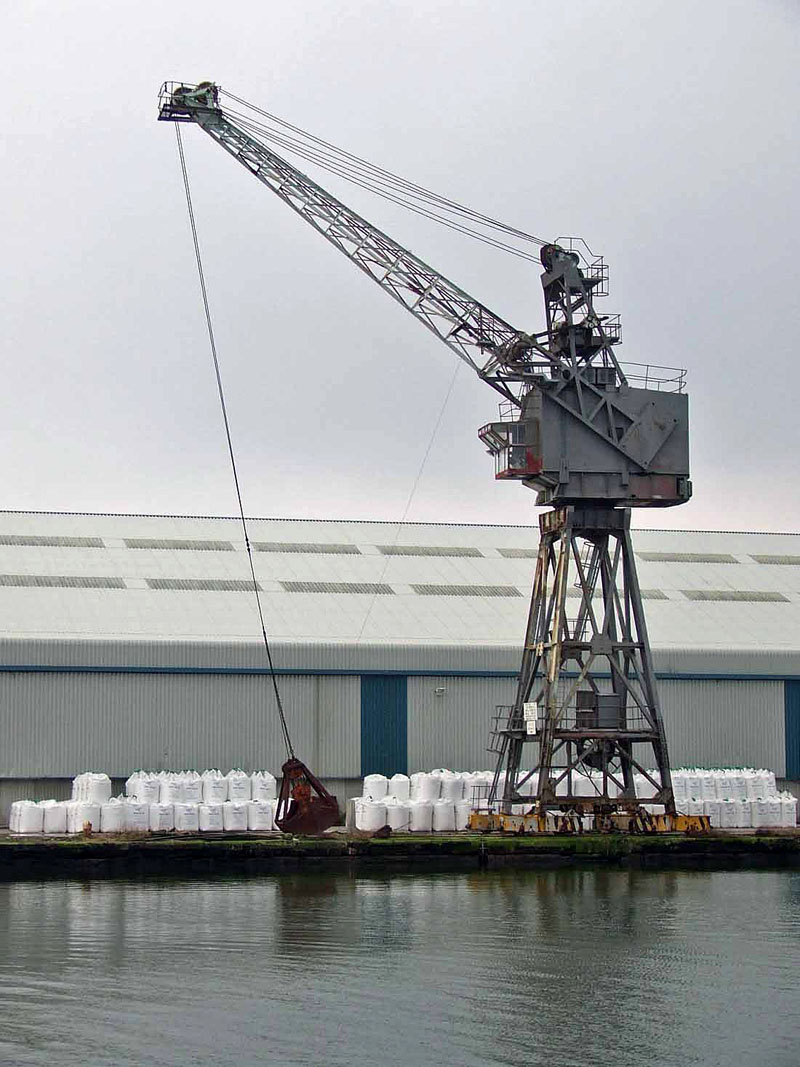 One of the very few remaining cranes. Taken Feb 4th 2009 |
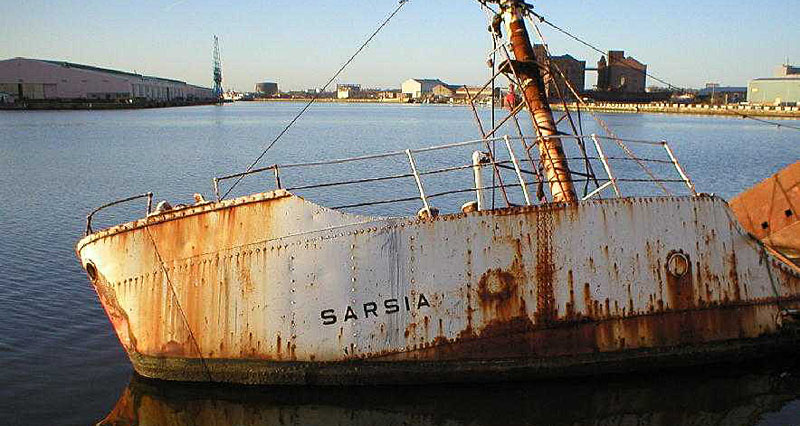 Remains of Sarsia. Owner went bust and just left it |
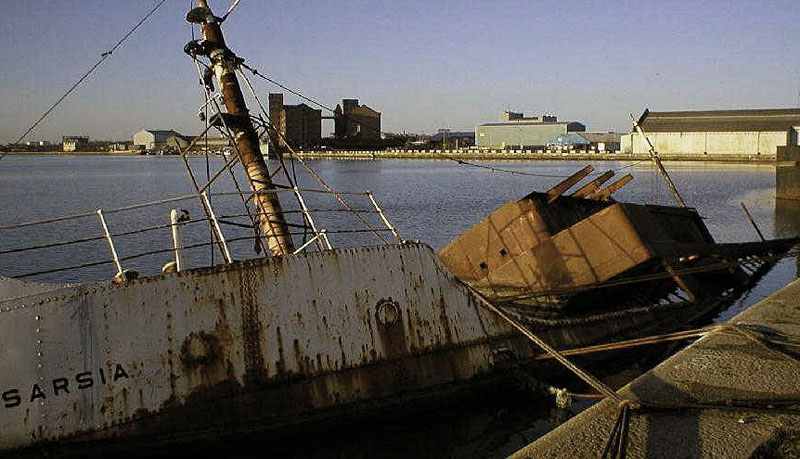 |
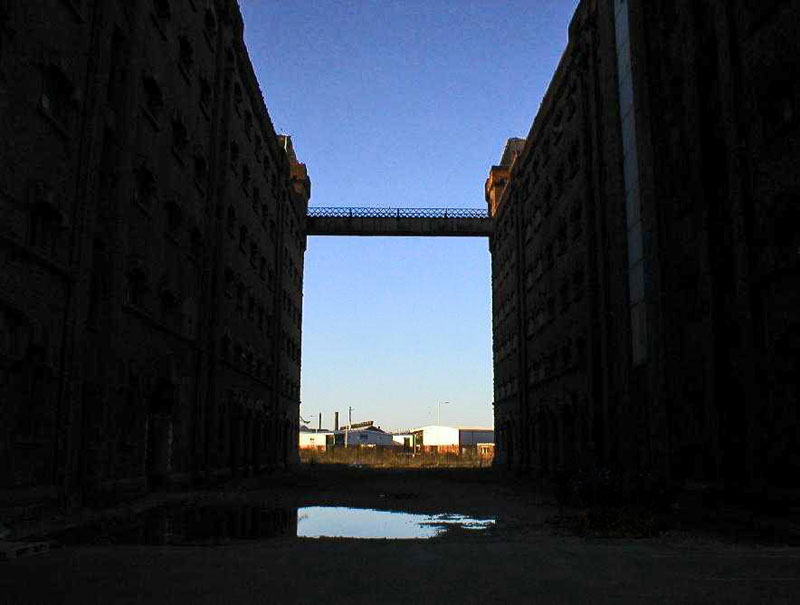 Dark satanic mills! Now 'luxury' apartments in 2011 |
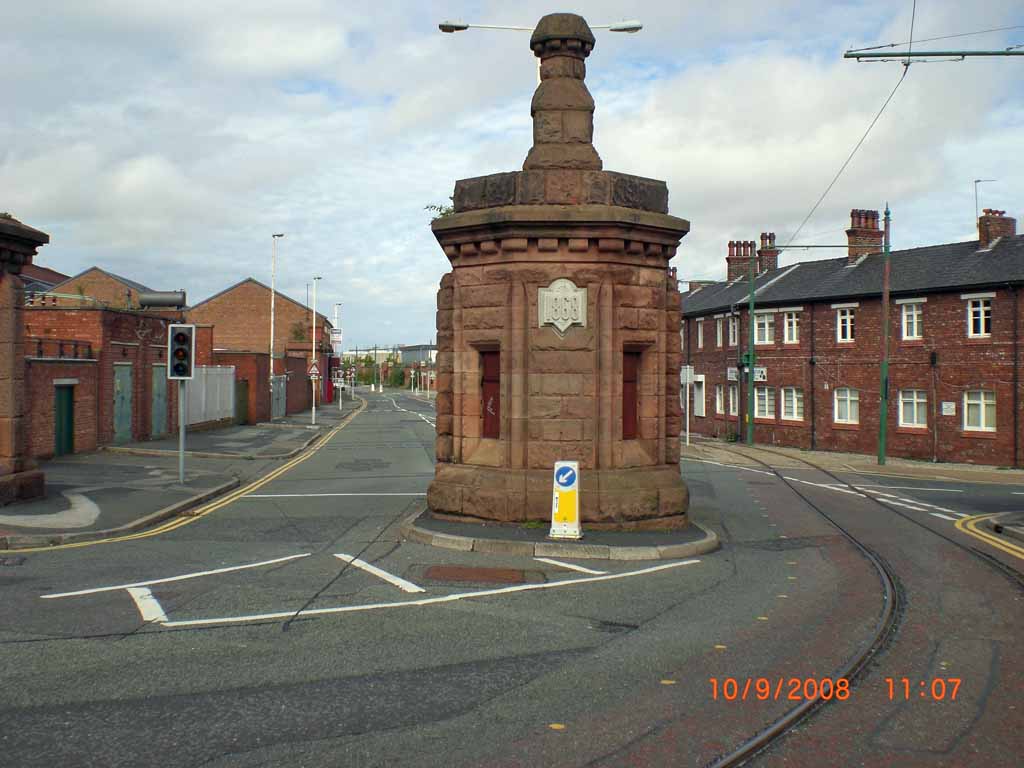 |
The entrance to Morpeth Dock. Dated 1868, these dock gates stand just south of Bridge Street between Hamilton Square Railway Station and Woodside Ferry Terminal. Image: Sept 2008 |
| Near the site of the former Grayson, Rollo & Clover shipyard, next to Woodside Ferry Terminal is this giant "plug" - the chain is one of those holding the Ferry Terminal in position. I pl;aced this image once in a local group and asked people to identify it, only one got it, out of several dozen!! |
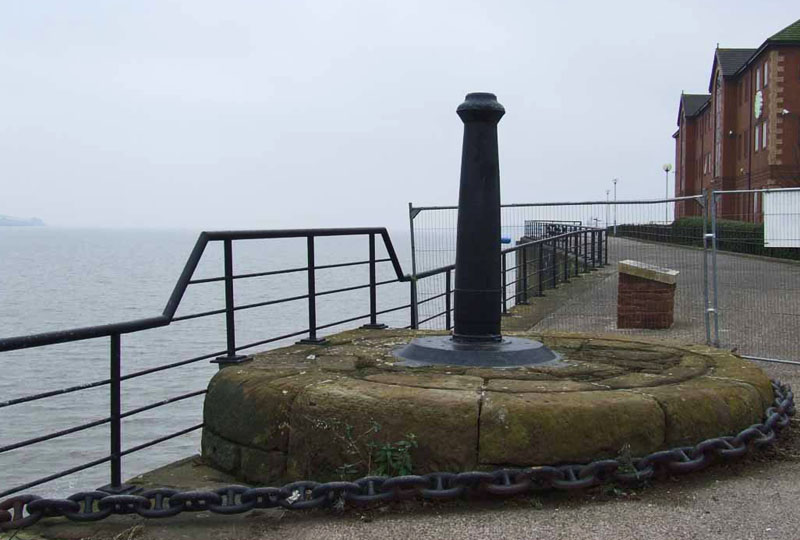 |
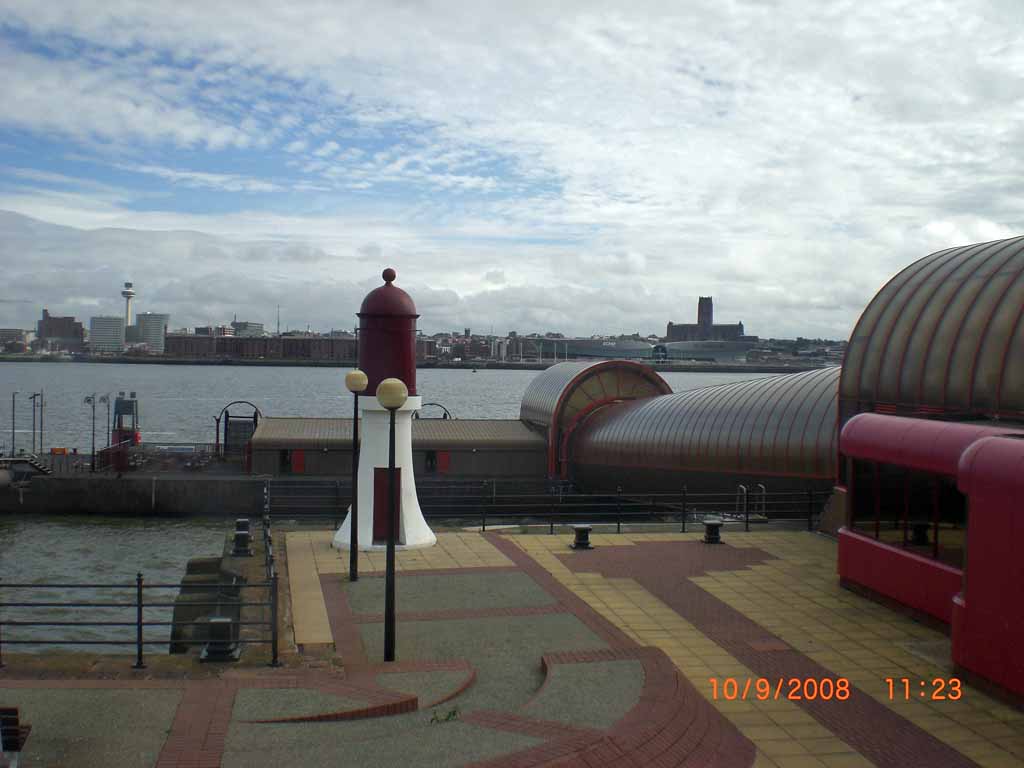 |
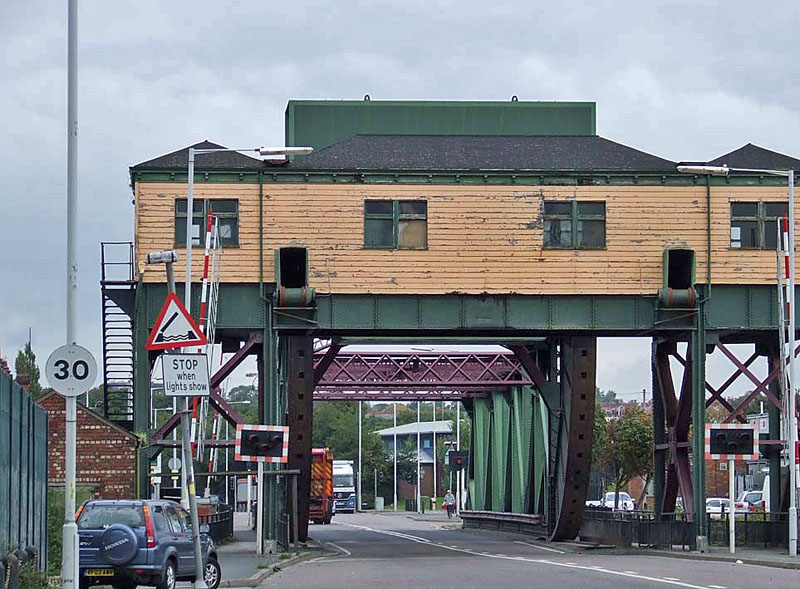 |
| Woodside Ferry Terminal in September 2008 and Duke Street Bridge Sept 2009 | |
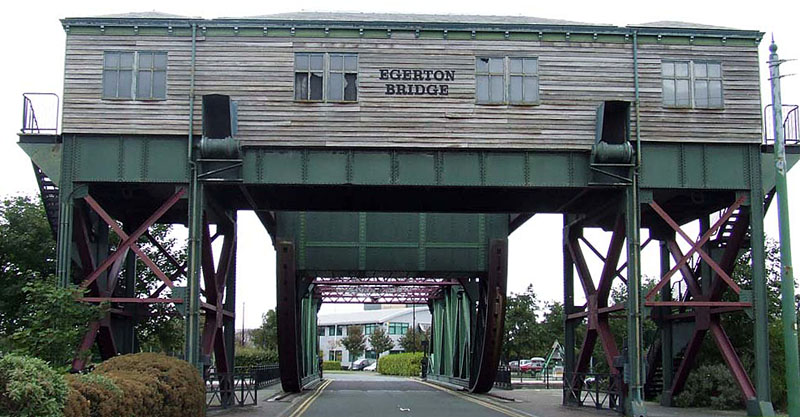 Egerton Bridge 2009 |
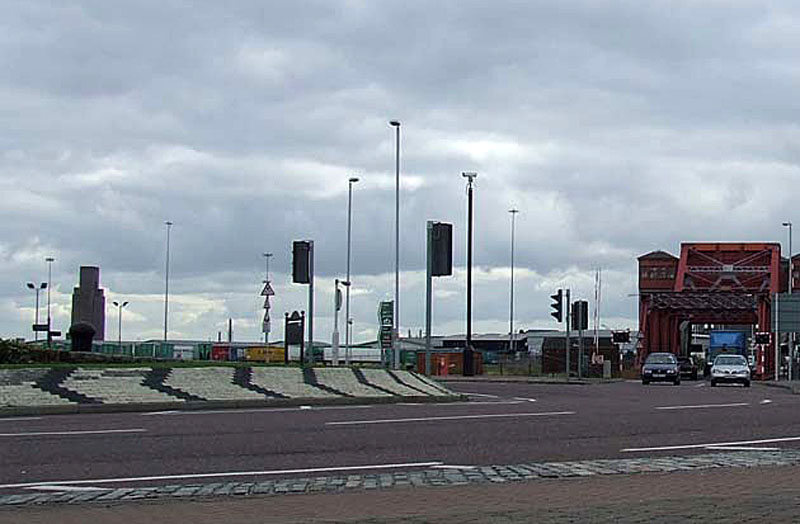 The 4 bridge area, now only 1 bridge |
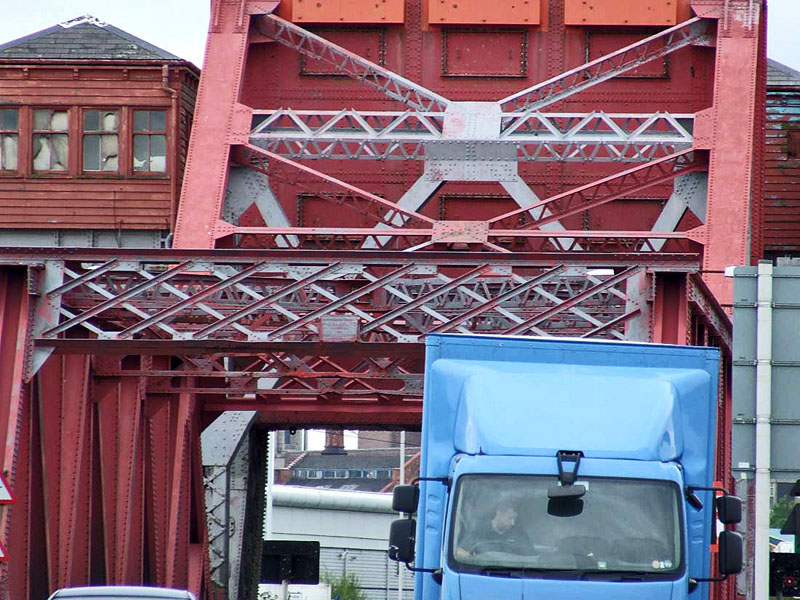 Duke Street Bridge and lorry driver not looking where he is going!! |
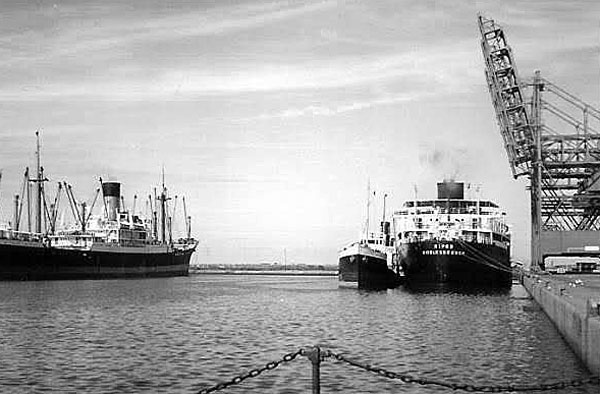 Bidston Dock, now filled in |
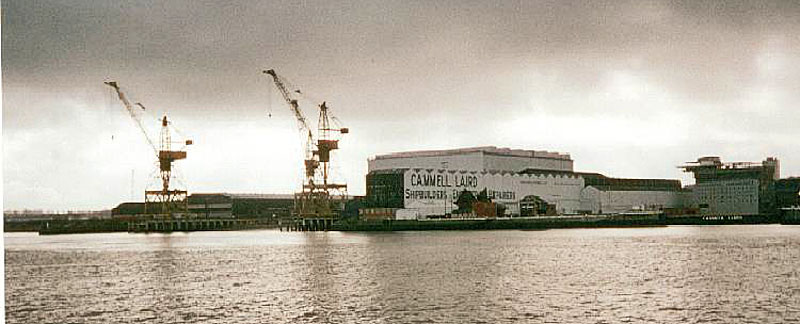 |
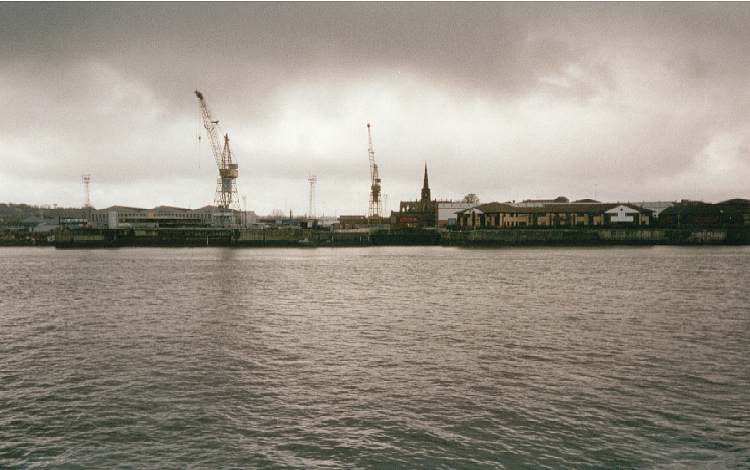 |
| These cranes have been demolished and were subject of a tv programme - Site of Bhead Priory & Cammell Laird | |
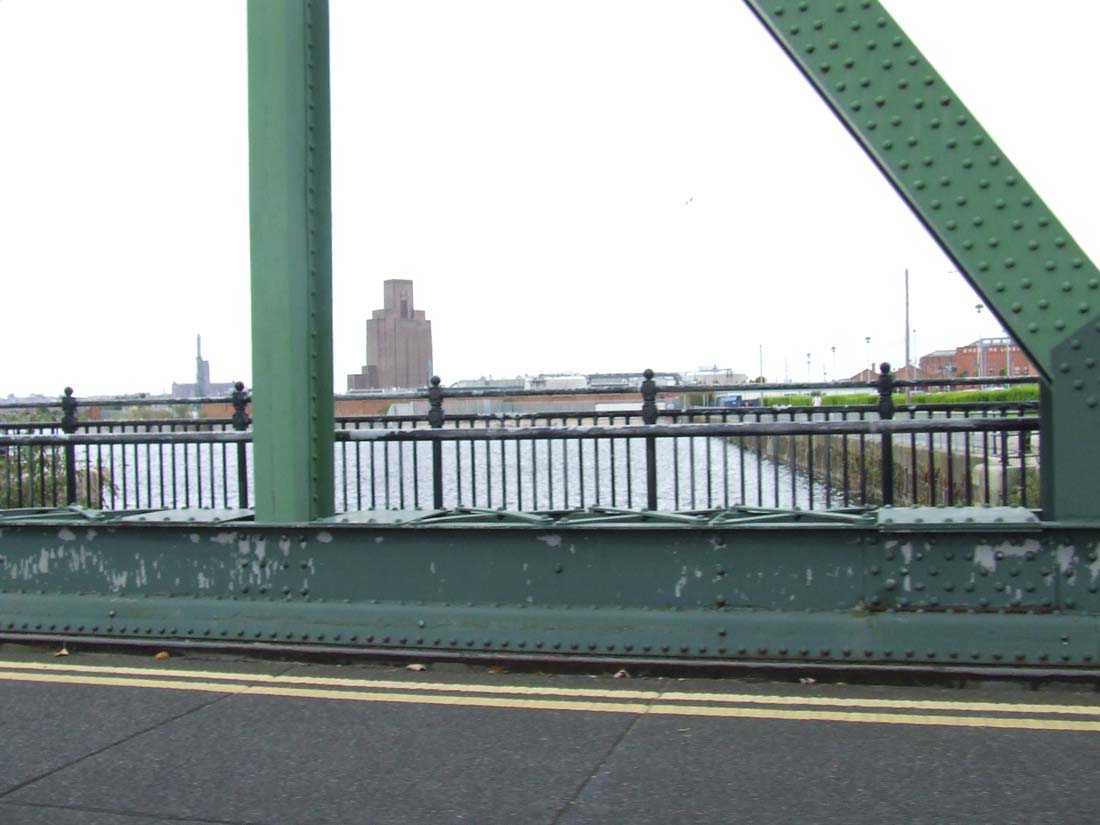 |
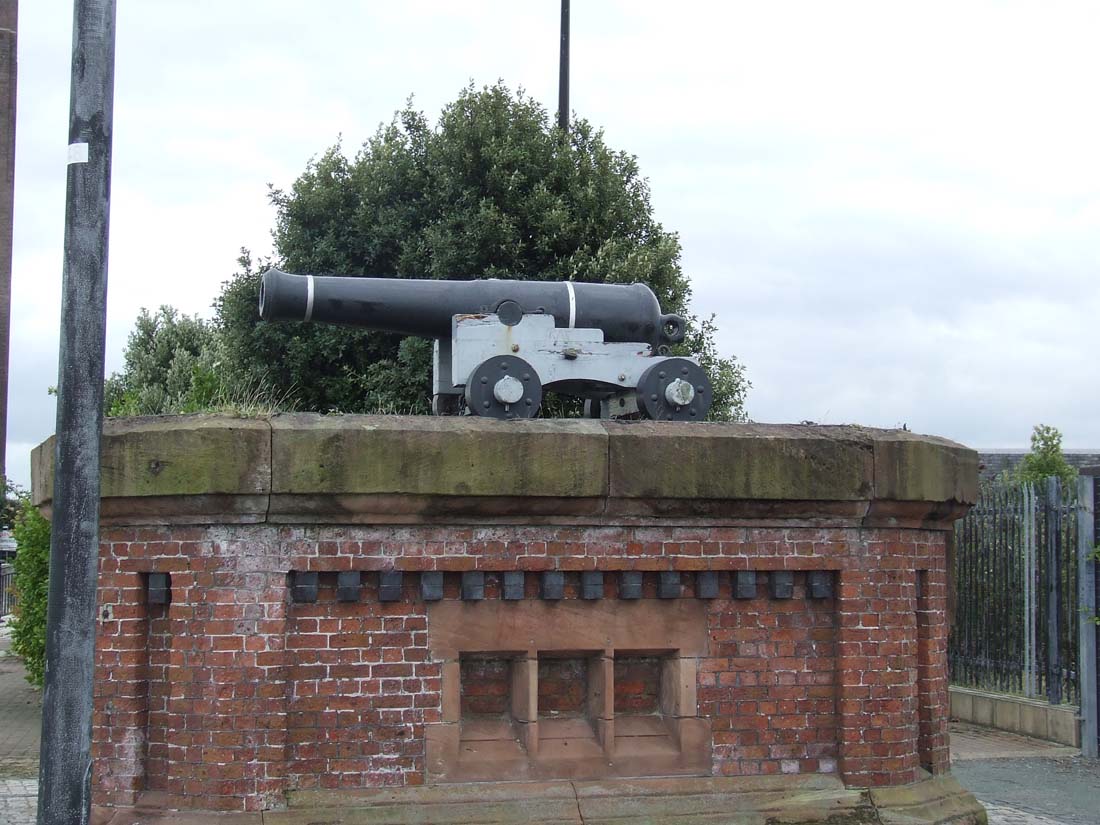 |
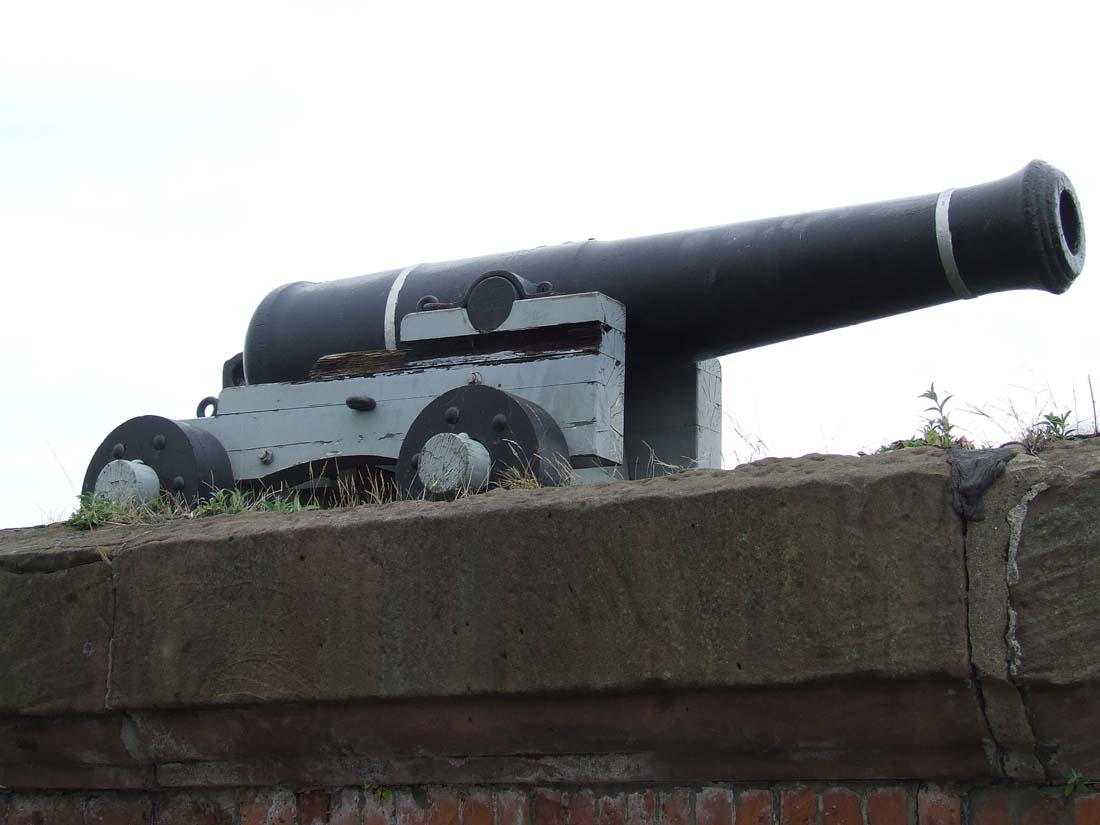 |
The One O'Clock Gun at Morpeth Dock, fired
remotely from the Observatory on Bidston Hill last fired in the late
60s. There was an amusing tale told back when the gun was fired
manually. "How do you know when it is 1 oclock" the gunman was asked. "I
look at the Liver Buildings clock" was the reply. The clock master of
the Liver Buildings was asked when he was making adjustments, "How do
you know when it is 1 oclock?" He replied, "I listen for the one oclock
gun" !!! It was last fired on 18th July 1969 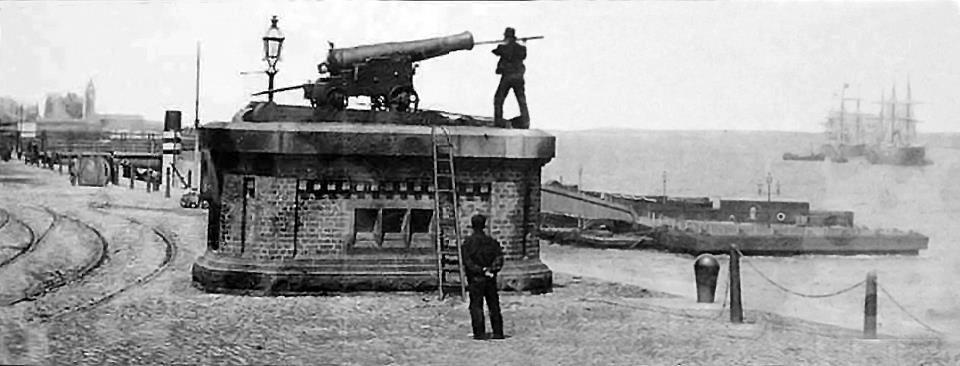 |
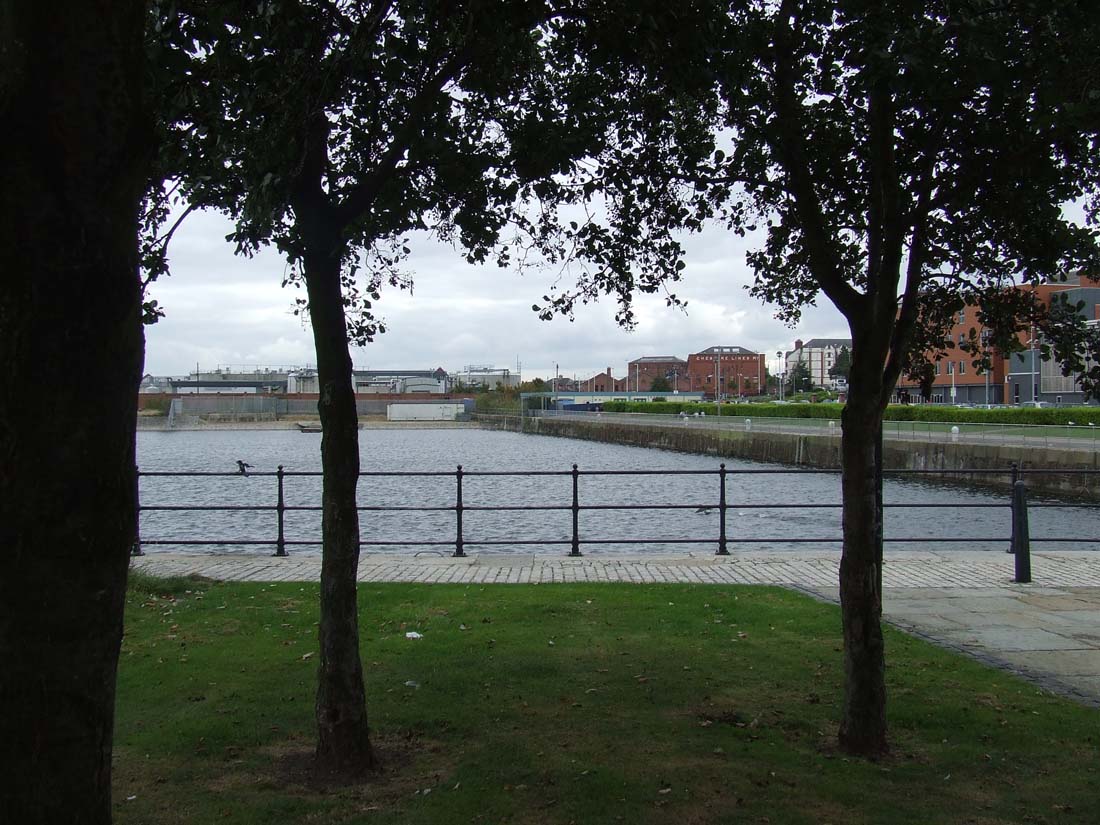 |
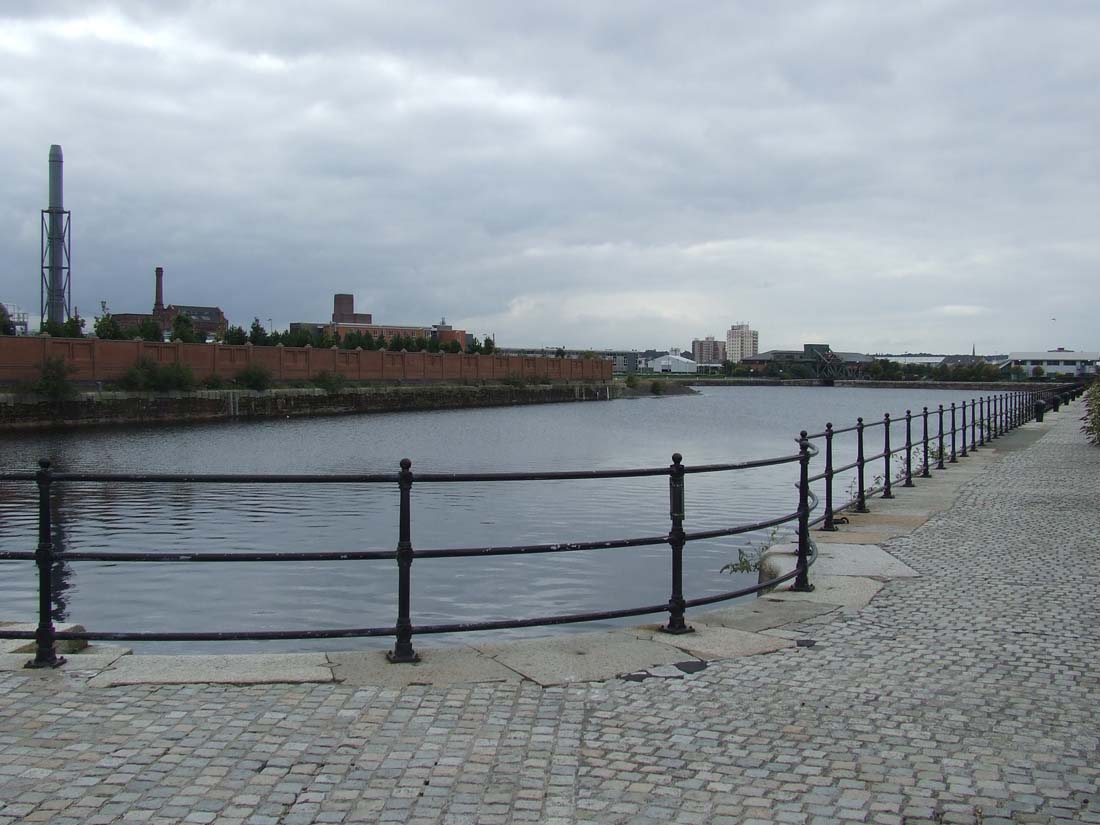 |
| Two images of Morpeth Dock from opposite ends | |
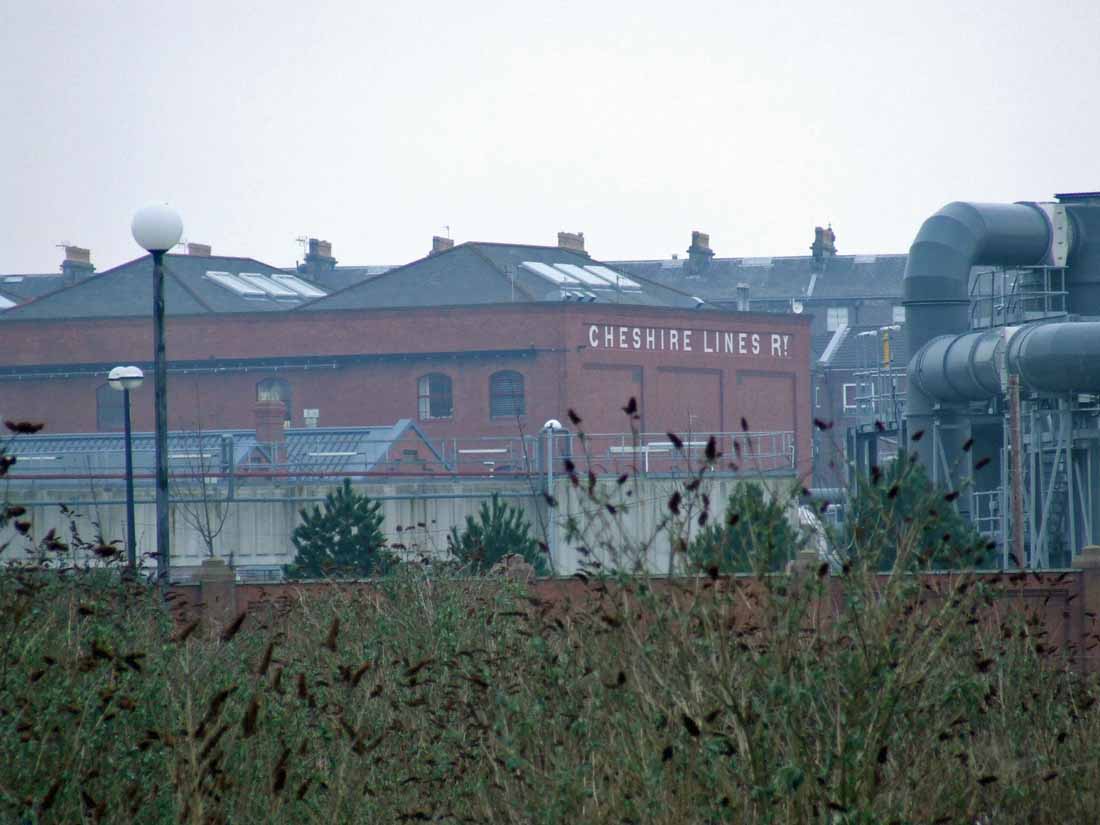 |
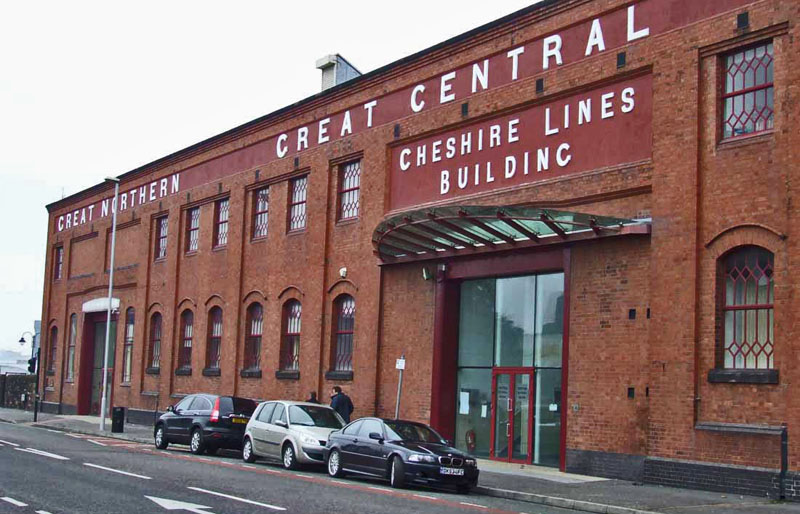 |
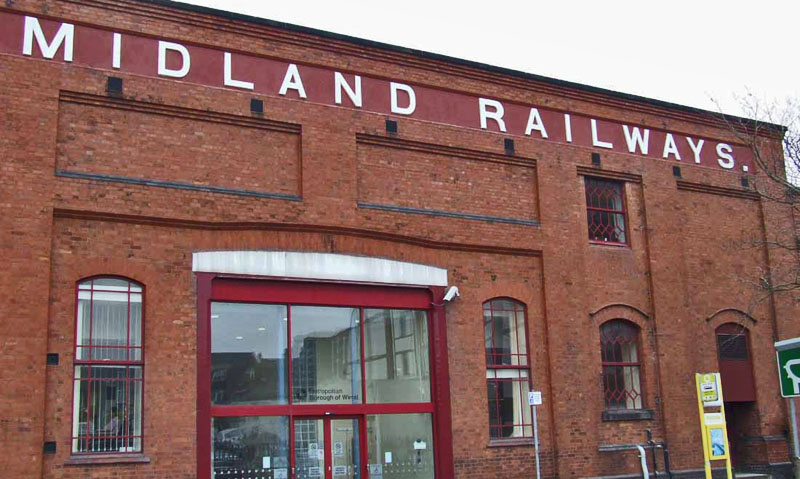 |
3 images of
the Cheshire Railway Building in Bridge Street Birkenhead. The first image was taken from the nearby Irish Ferry Terminal - Feb 4th 2009 |
| The building of the Ark Royal At Cammell Laird shipyard 1949 |
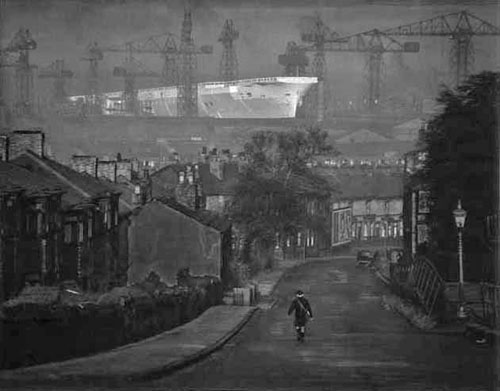 |
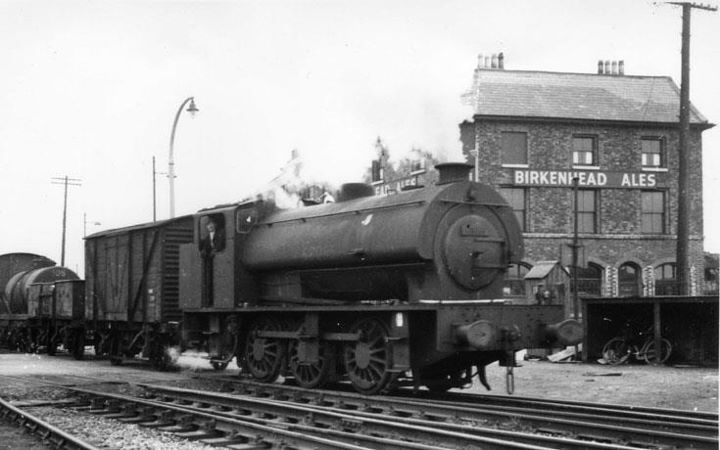 |
Loco on dockland railway heading for Bidston 0-6-0 Tank Engine |
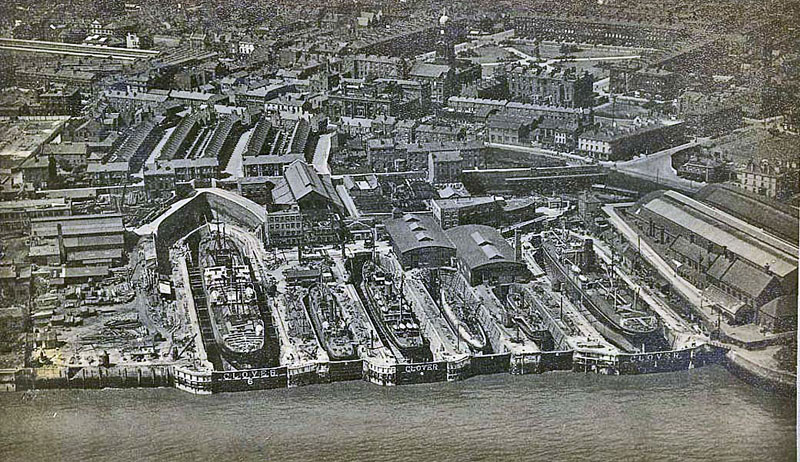 Clover Ship Yards |
|
| In this image, off to
the left would be Cammell Laird, above the yard is the A41 Chester Road,
to the top right is the tower of Hamilton Square underground station. To
the right of the yards is the steam railway terminal. Top centre is
Hamilton Square with the tower of the Town Hall. On the dock gates can
clearly be seen the word 'Clover' and the timbers shoring up the ships in
the dry docks. Second from right could possibly be a Mersey ferry boat. I
suspect this image is 1920's possibly nearer 1930. The crews of these
ships, whilst in dock, would be 'ship paid off'. Strange thing is that,
until the 1960s, not all that much changed. I would take the Ferry, daily,
to the Pier Head coming in on the 21 limited stop from Moreton. (Fare 2d)
I remember the railway, still in use, I vaguely recall seeing these dock
gates as the Ferry left Woodside. I remember the tenements opposite
Cammell Laird gates, gungy places.
'wirraldon' from
http://www.shipsnostalgia.com allowed me to
reprint this image above of what will become Grayson, Rollo, Clover shipyard
located alongside
Woodside Railway Station and Ferry.
History of the Royden Family 1808 - 1930 by W Heaton
Wakefield, which is reproduced in full on
John Royden's Web
Pages: In this site are various references to Graysons, who
allthough labelling themselves as Ship Builders, never built a ship from
1830 - 1915. |
|
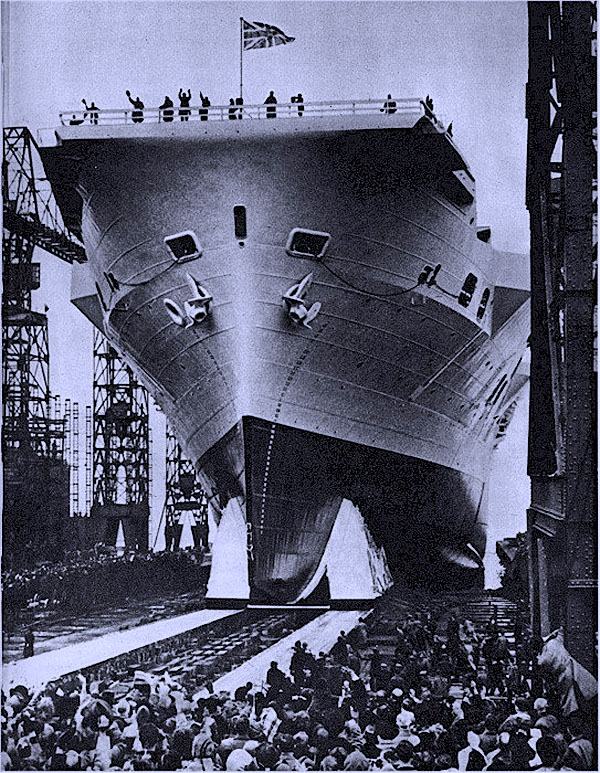 |
Launching of the Ark Royal 1950 |
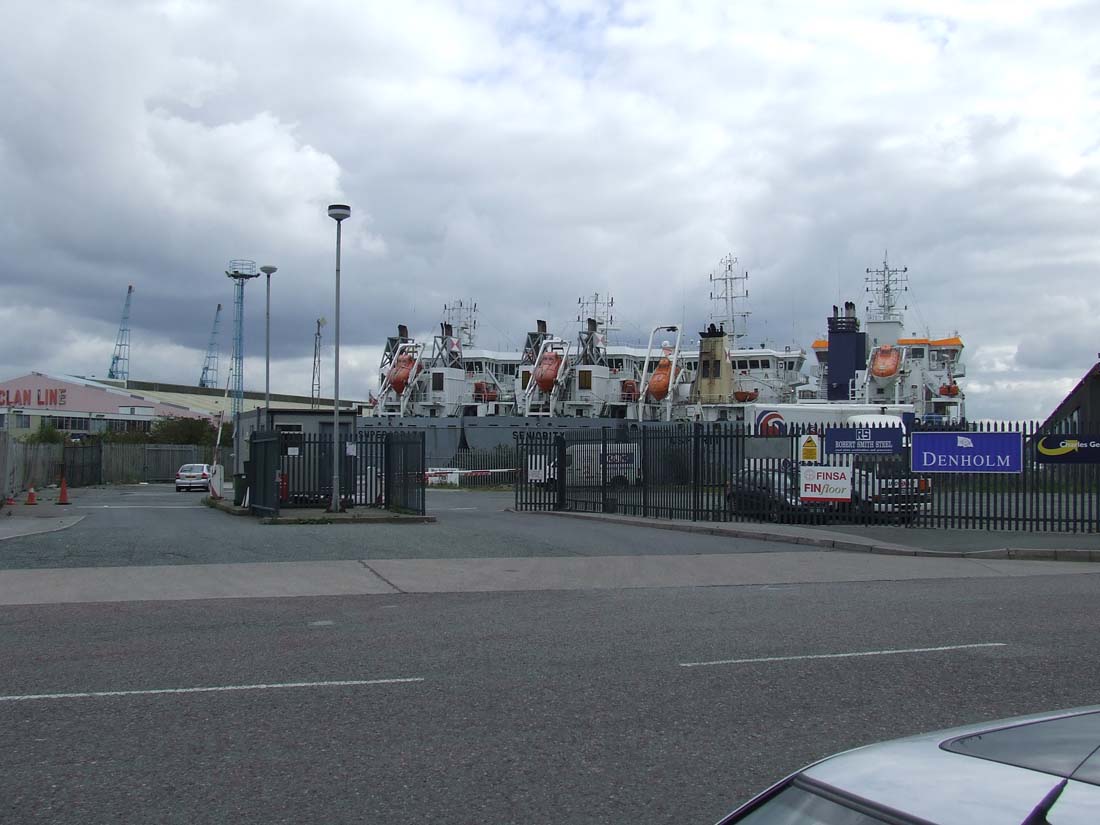 West Float Birkenhead - Sept 2009 |
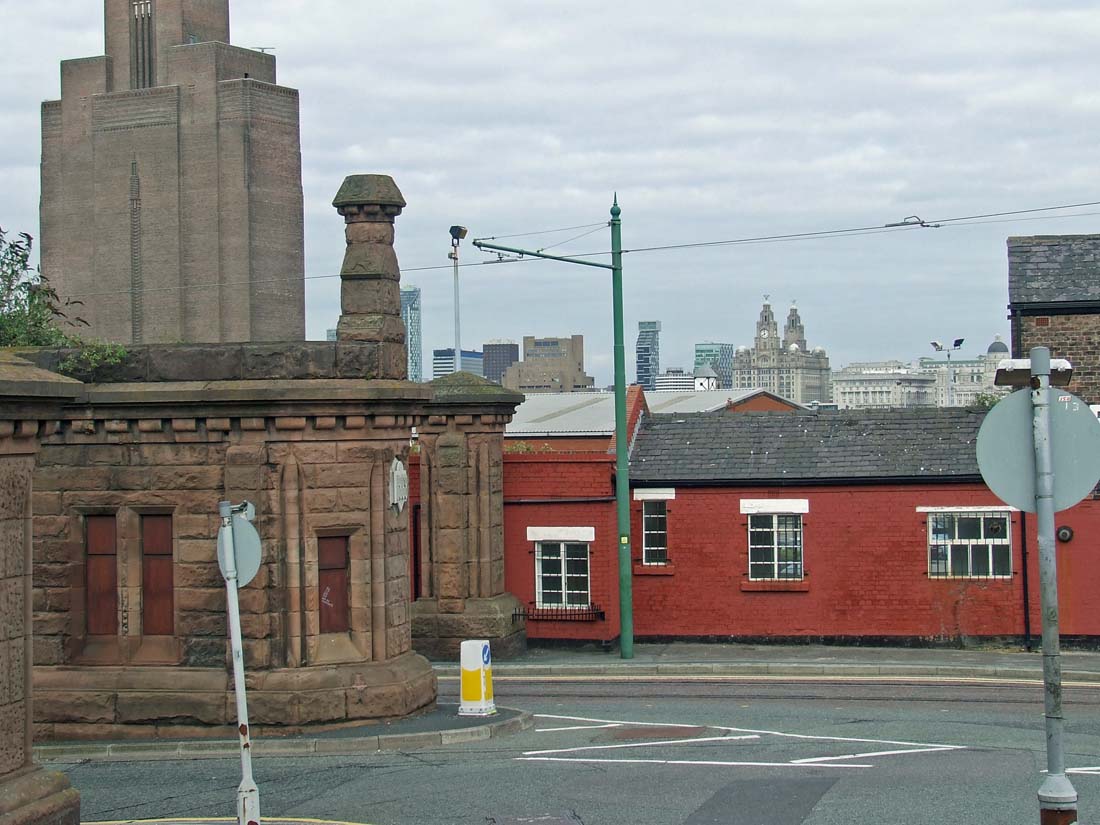 Entrance to Morpeth Dock next to Woodslde Ferry the large builidng is the ventilation for the 'old' Mersey Tunnel |
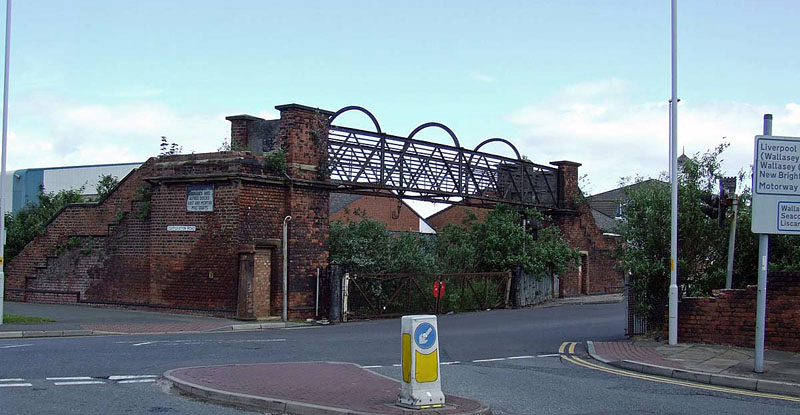 Well overgrown former railway bridge at the Bhead entrance to the Four Bridges area right: the original Duke Street Bridge |
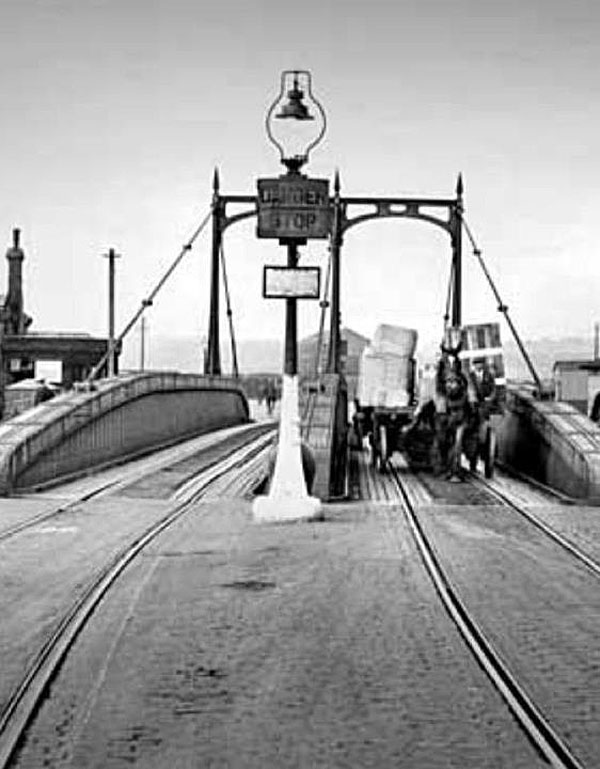 |
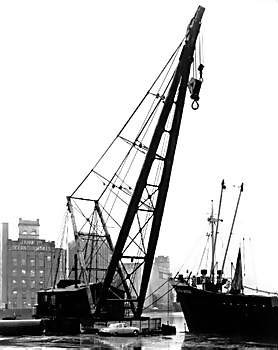 |
Crane on Cavenish Wharf
West Float Below a few images of the Liverpool Dock Road |
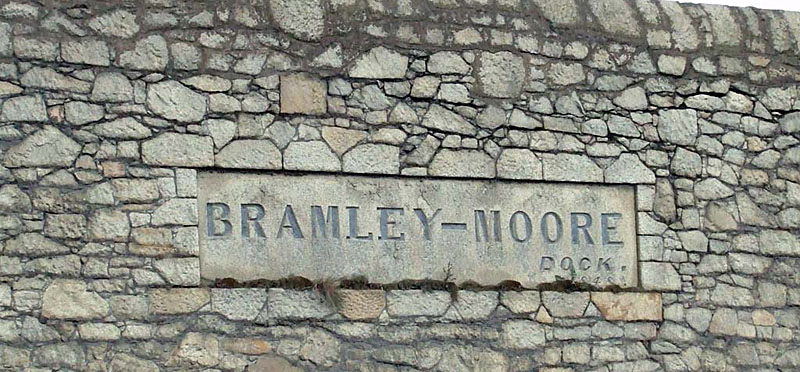 |
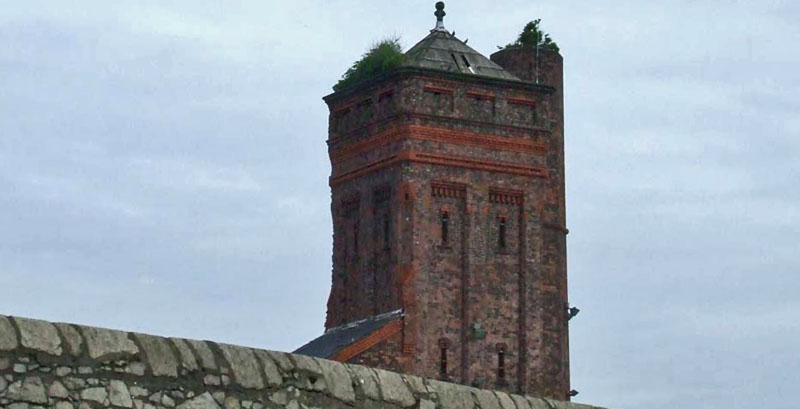 |
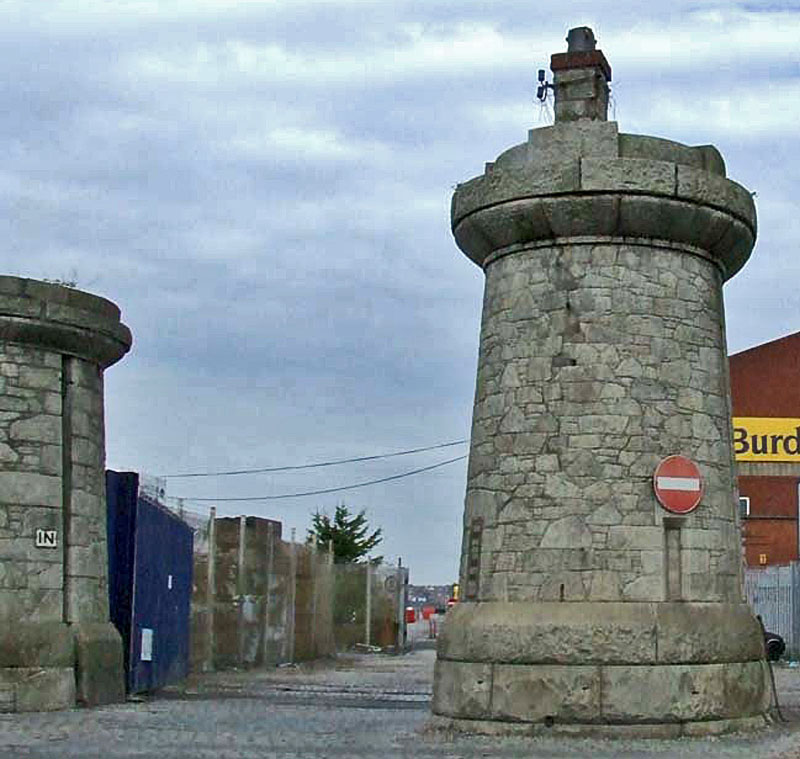 South Bramley Moor Dock |
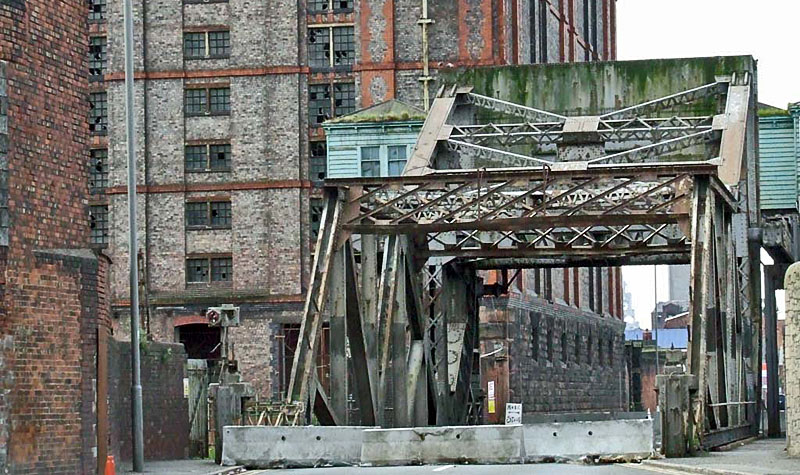 # #The last dock bridge on the Liverpool Dock Road. At the time I took this photo, the road was closed off to facilitate repairs and renovations. No idea what it looks like now. Located near Stanley Dock |
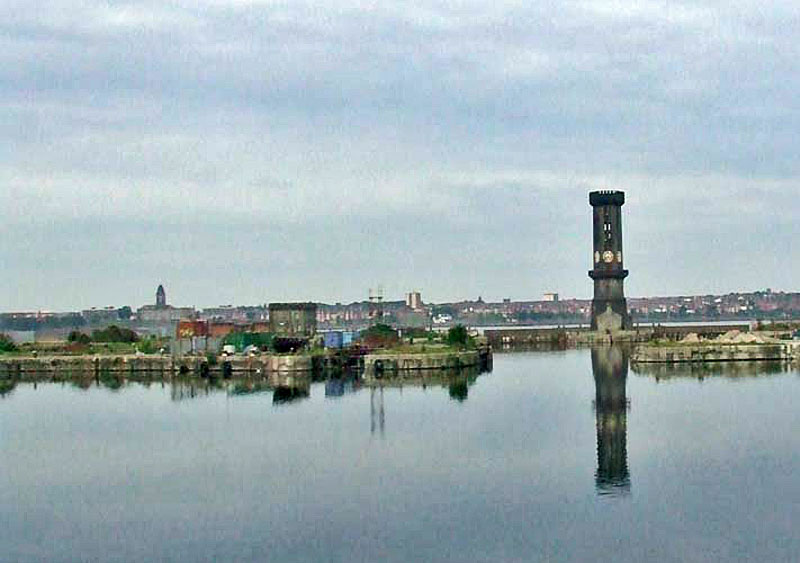 |
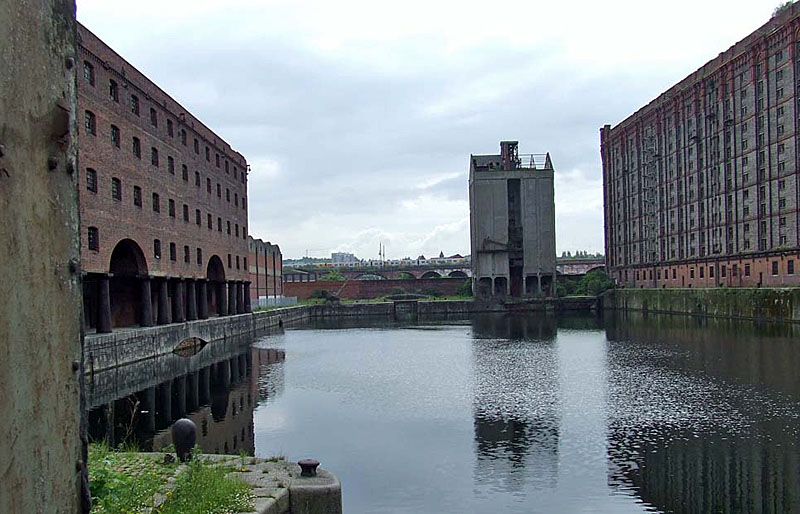 |
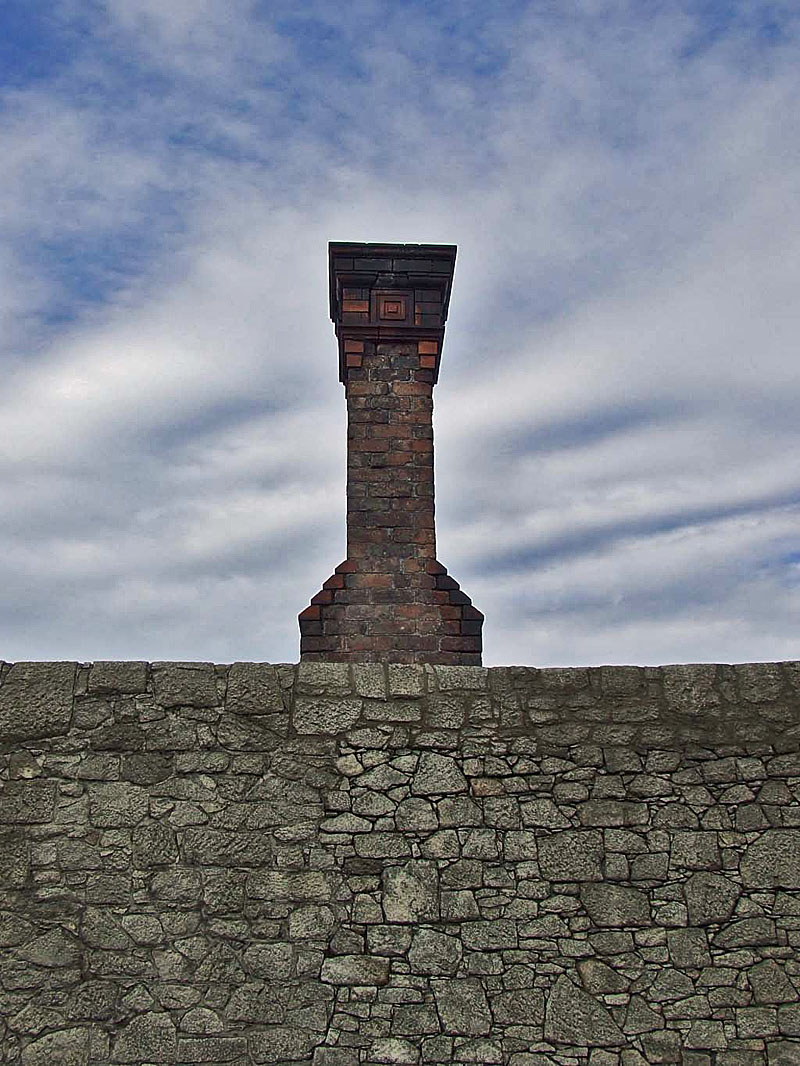 |
 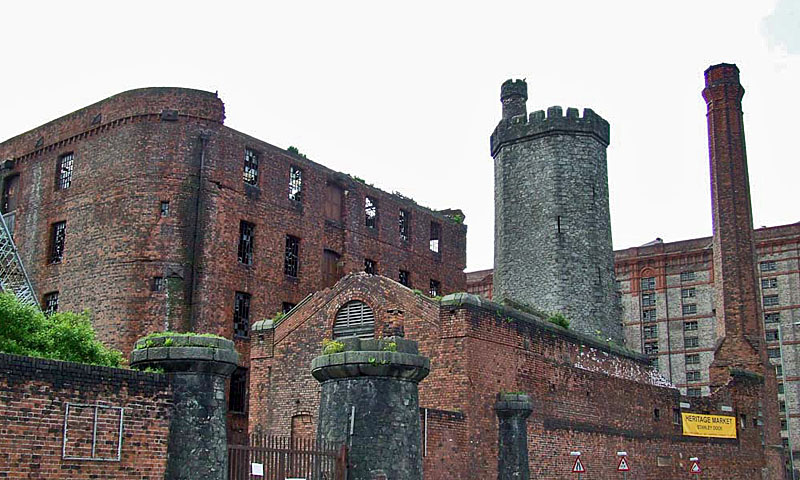 |
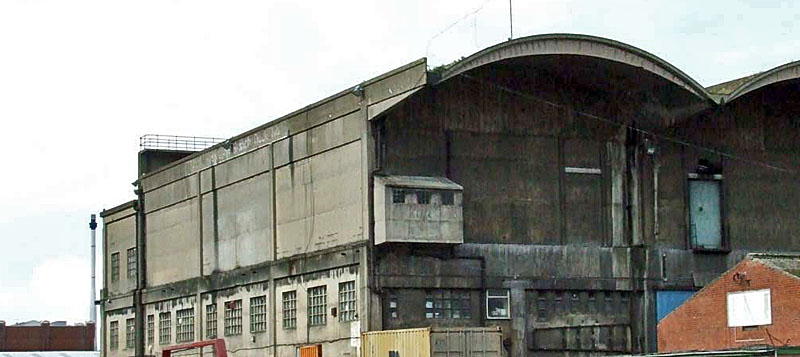 |
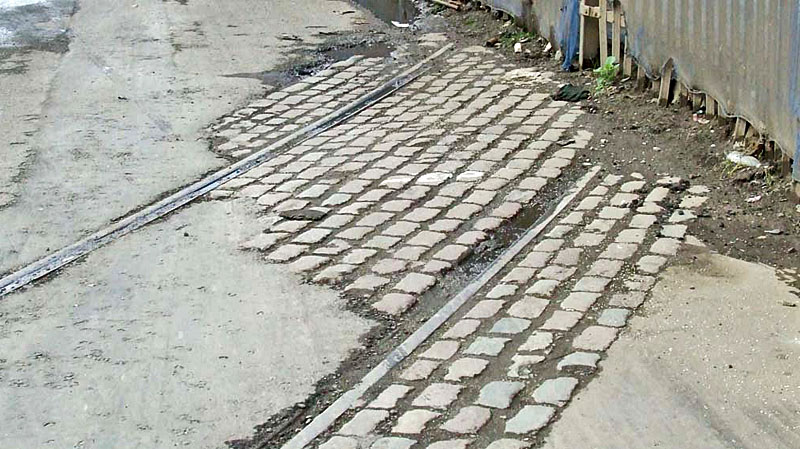 The original Dock Road was tarmac'd over, but lack of road works and traffic have ensured the road again sees the light of day. Hopefully more will appear since I took this in 2008 |
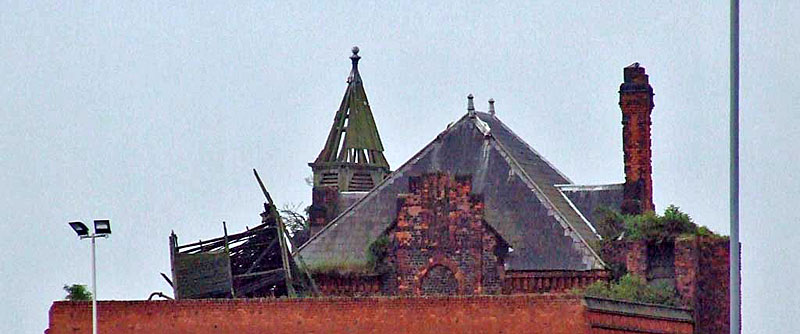 |
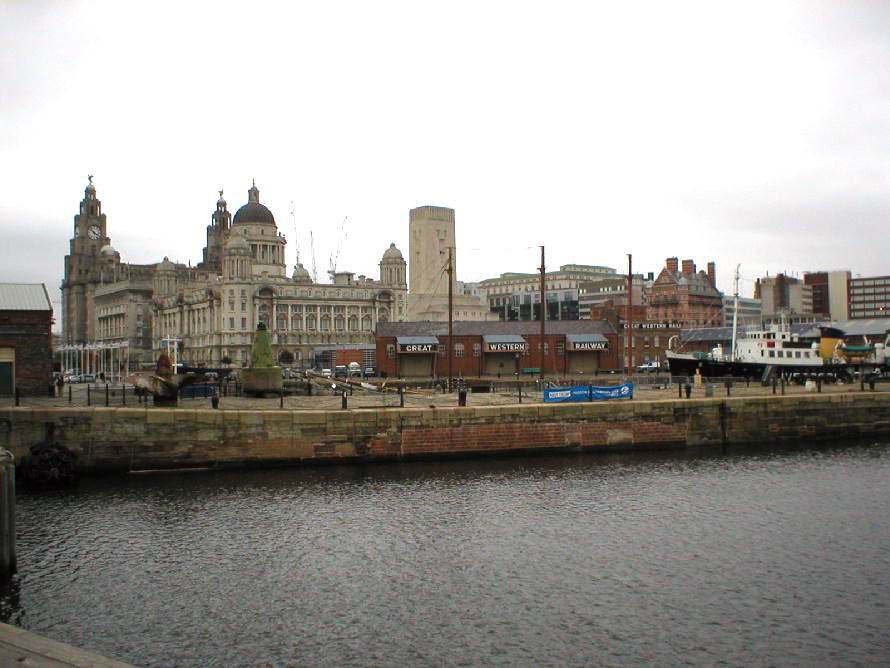 |
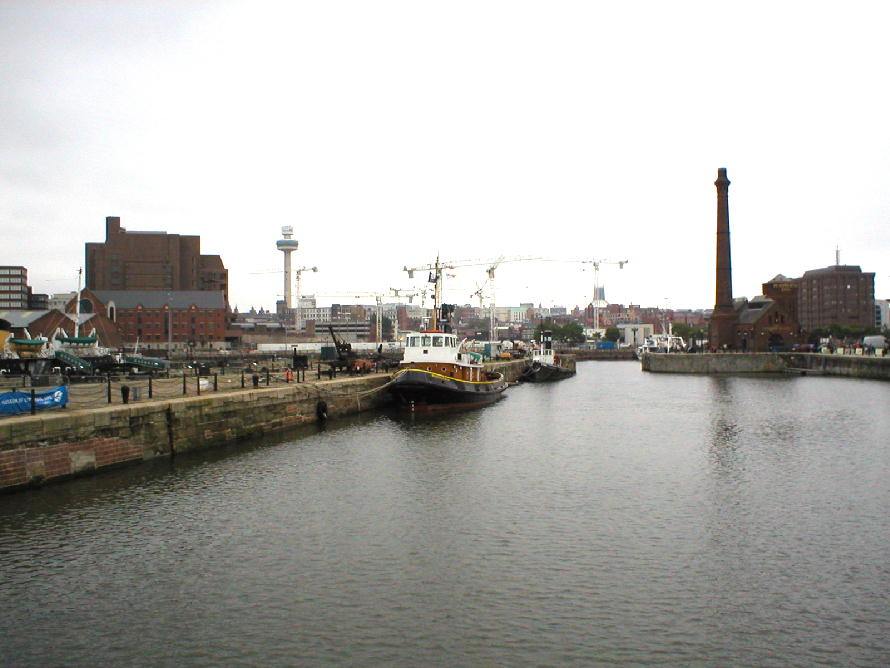 More images of Albert Dock are here |
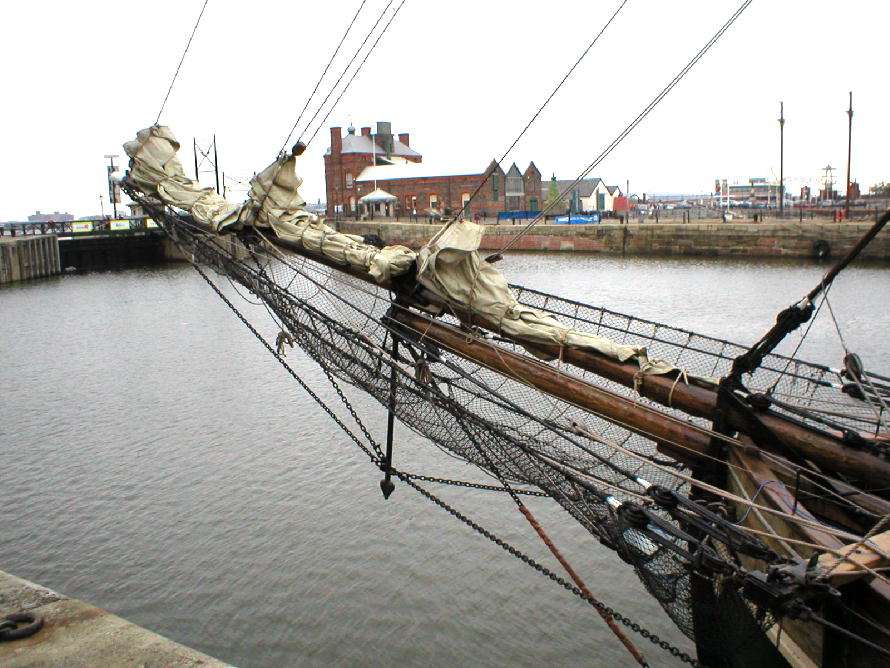 Replica Brigantine Zebu |
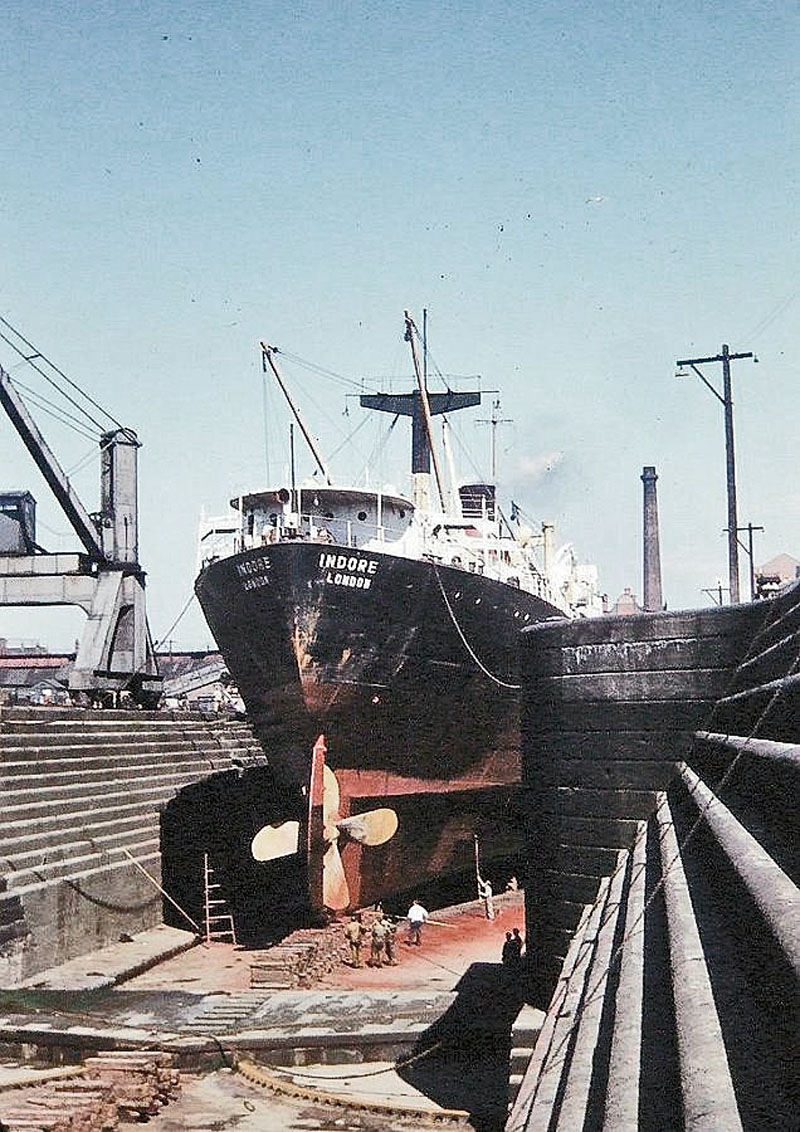 This vessel once ran aground off Holland |
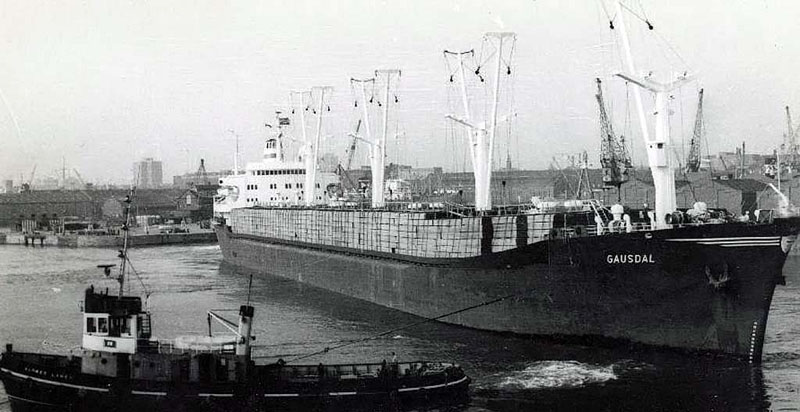 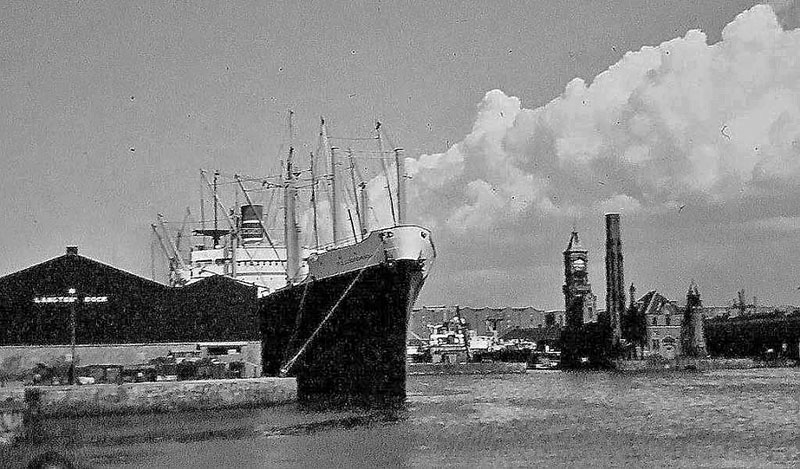 |
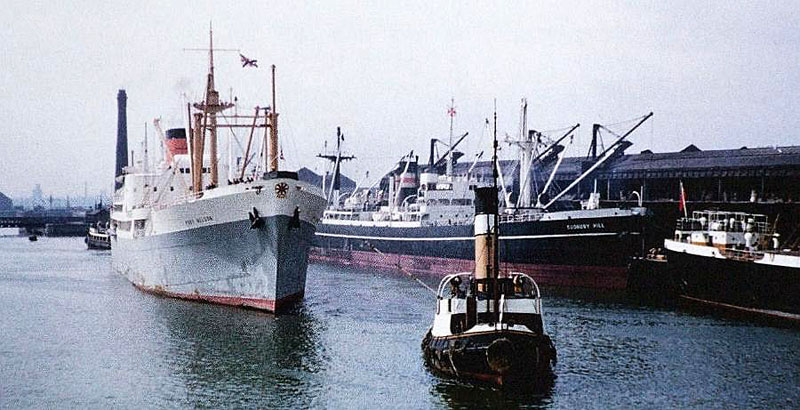 |
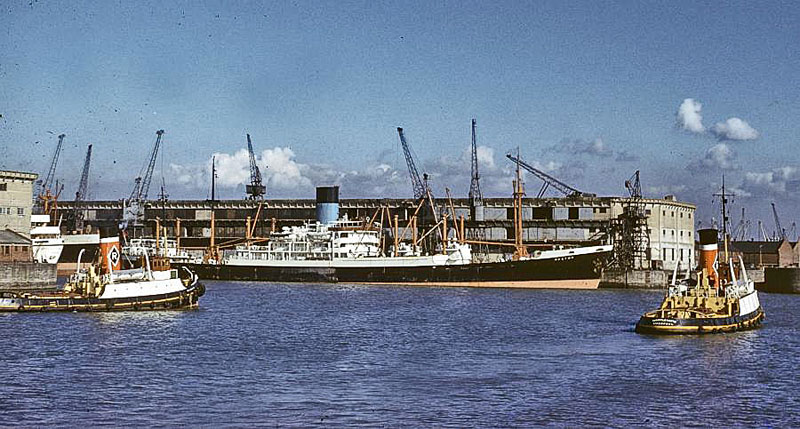 Blue Funnel 'Nestor' in Gladstone Dock |
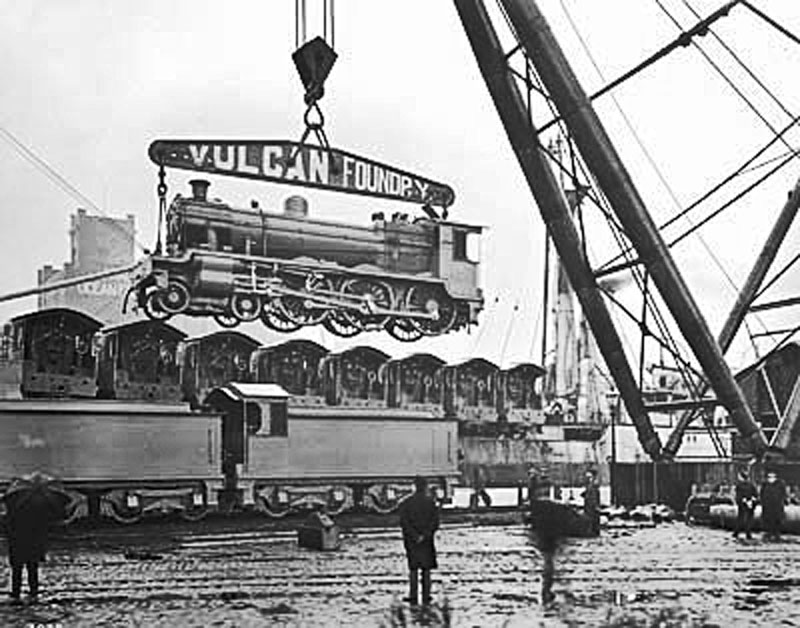 |
This locomotive (left) is
being shipped out abroad from the area between Ocean Mill and Duke Street Bridge on Wallasey Dock Road |
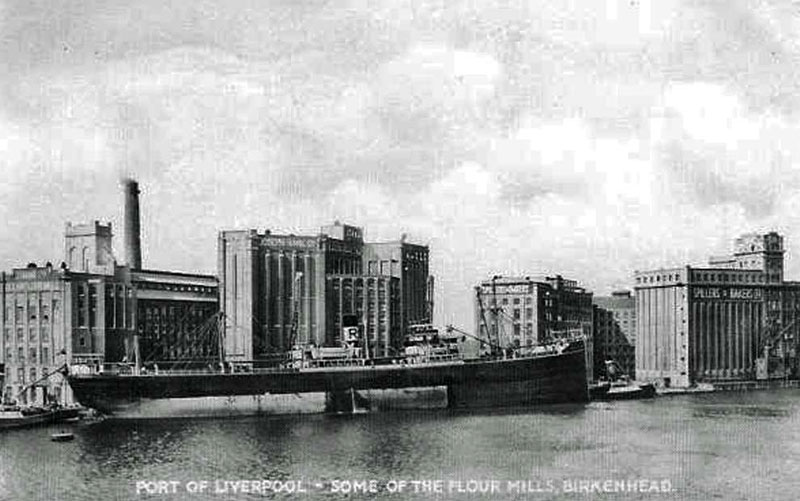 |
 Stone Manganese Wallasey Dock Road |
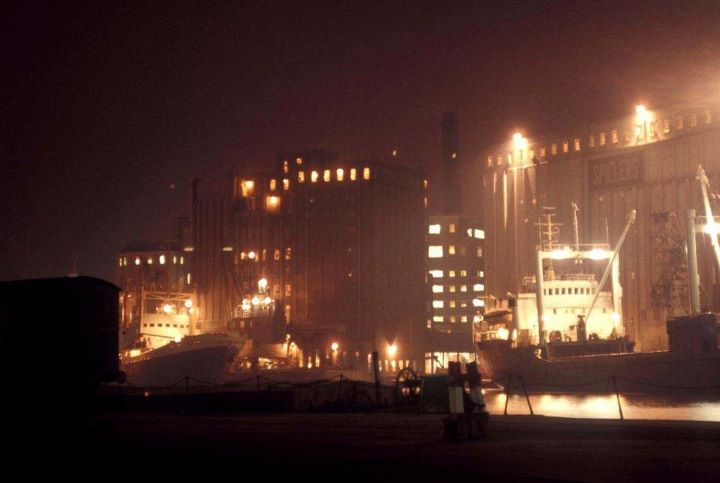 |
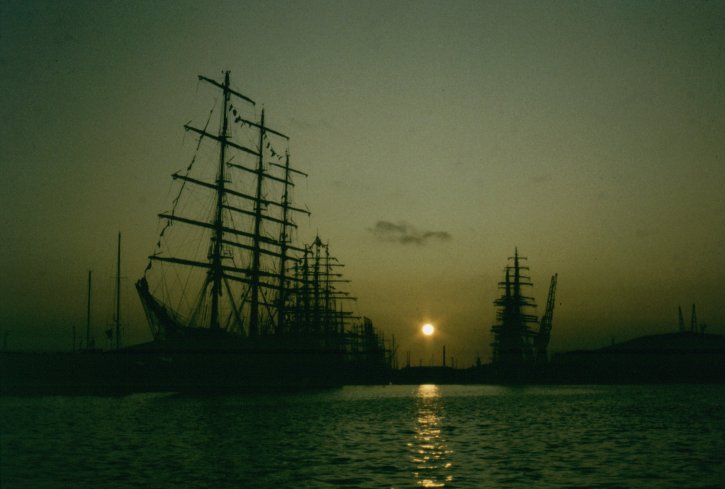 |
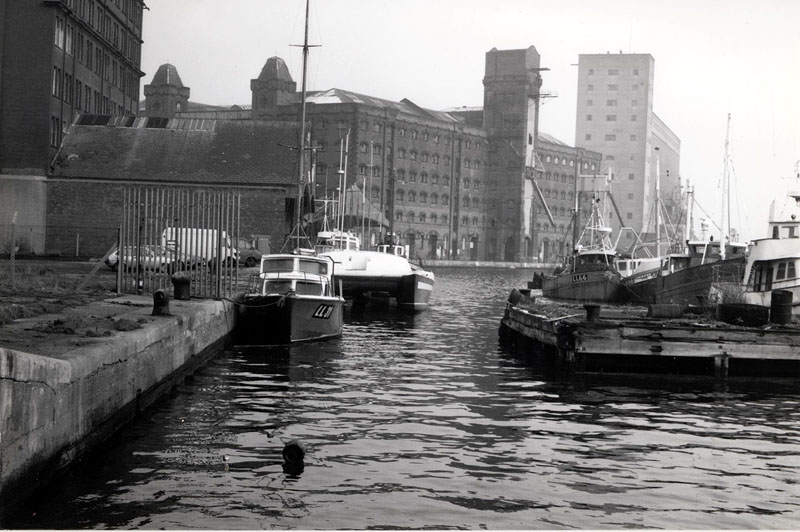 Spillers |
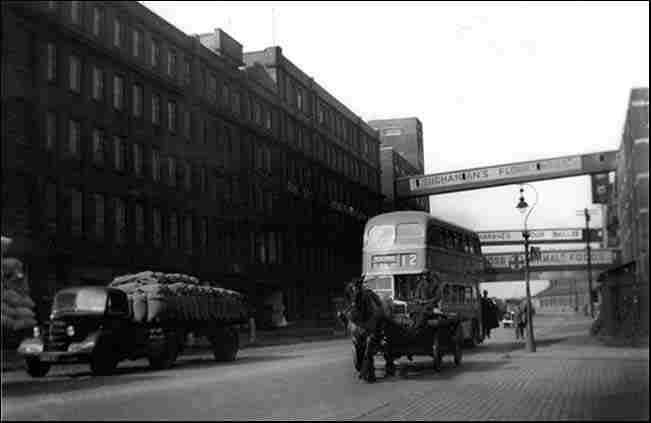 Spillers |
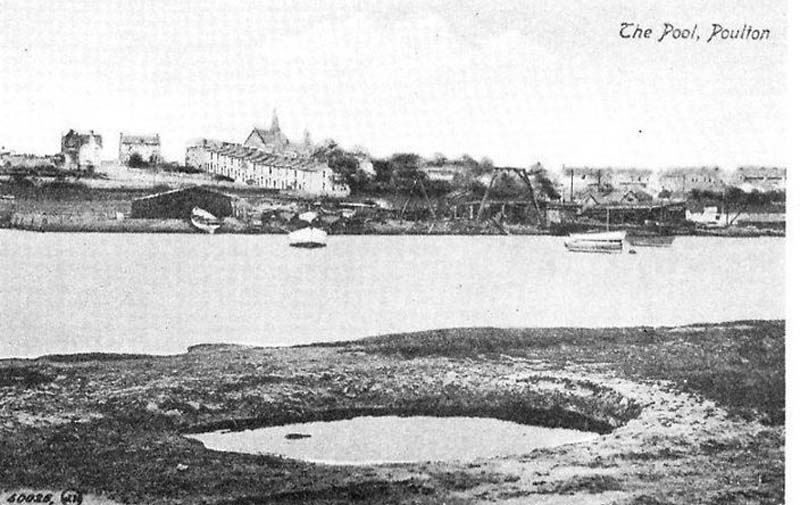 |
Left: Wallasey Tidal Pool
which preceded the building of Birkenhead Docks. At this time people
used to throw their foul refuse into the Pool where it went out with the
tide, but as always, it came back with the tide, mortality was high! Below two images of part of Birenhead docks taken from Bidston Hill on 23rd May 2015 |
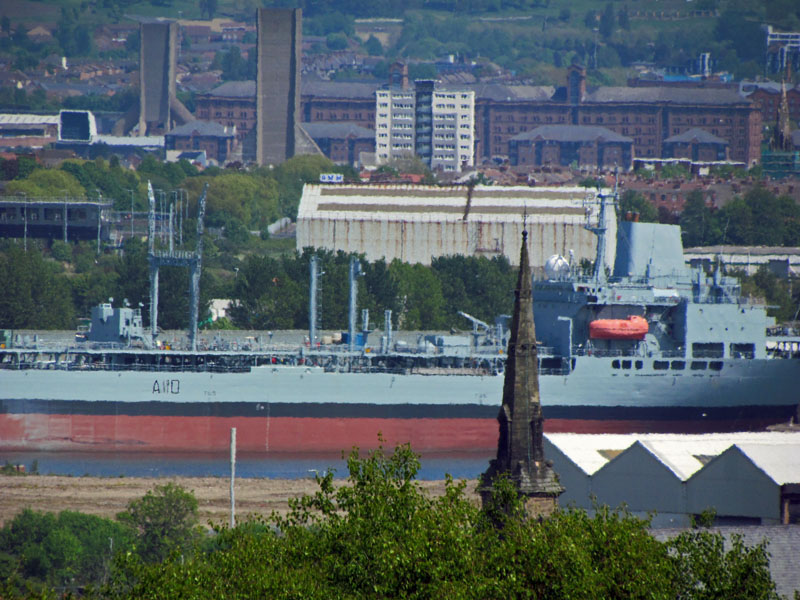 |
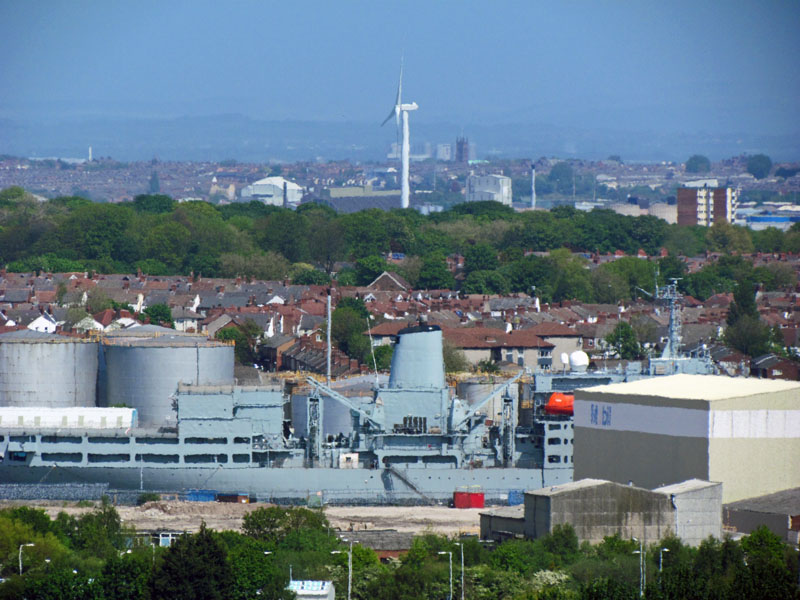 |
|
|
|
|
These images below are reprinted with permission
Some of these images were artifically coloured, I have returned them to
black & white. Also many had figures added to the original image.
The Liverpool Overhead Railway opened in 1893 with lightweight electric multiple units in the Liverpool Docks, Lancashire, England. It was the world's first electric elevated railway and the first to use automatic signalling and electric colour light signals. It was referred to locally as the Docker's Umbrella. In the early 1900s electric trains ran on the Lancashire and Yorkshire Railway to Southport and Aintree; special trains to Aintree ran twice a year after these regular services were withdrawn. A local railway, it was not nationalised in 1948. In 1955 a report into the structure of the many viaducts showed major repairs were needed that the company could not afford. The railway closed at the end of 1956 and the structures were dismantled in the following year.
The RMS Empress of Britain (above) was an ocean liner built between 1928 and 1931 by John Brown shipyard in Scotland and owned by Canadian Pacific Steamship Company. This ship was the second of three CP vessels named Empress of Britain — provided scheduled trans-Atlantic passenger service from spring to autumn between Canada and Europe from 1931 until 1939. In her time, she was the largest, fastest, and most luxurious ship between England and Canada. She was torpedoed on 28 October 1940 by U-32 and sank. At 42,348 gross tons, she was the largest liner lost during the Second World War and the largest ship sunk by a U-boat.
Wallasey Videos: http://www.youtube.com/watch?v=gH59hHwDxZc&feature=youtu.be http://www.youtube.com/watch?v=nmw8yIlVsUU&feature=related http://www.youtube.com/watch?v=zciRmnvQAVA&feature=related http://www.youtube.com/watch?v=FBjpUkH1Uuw&feature=related
|
|